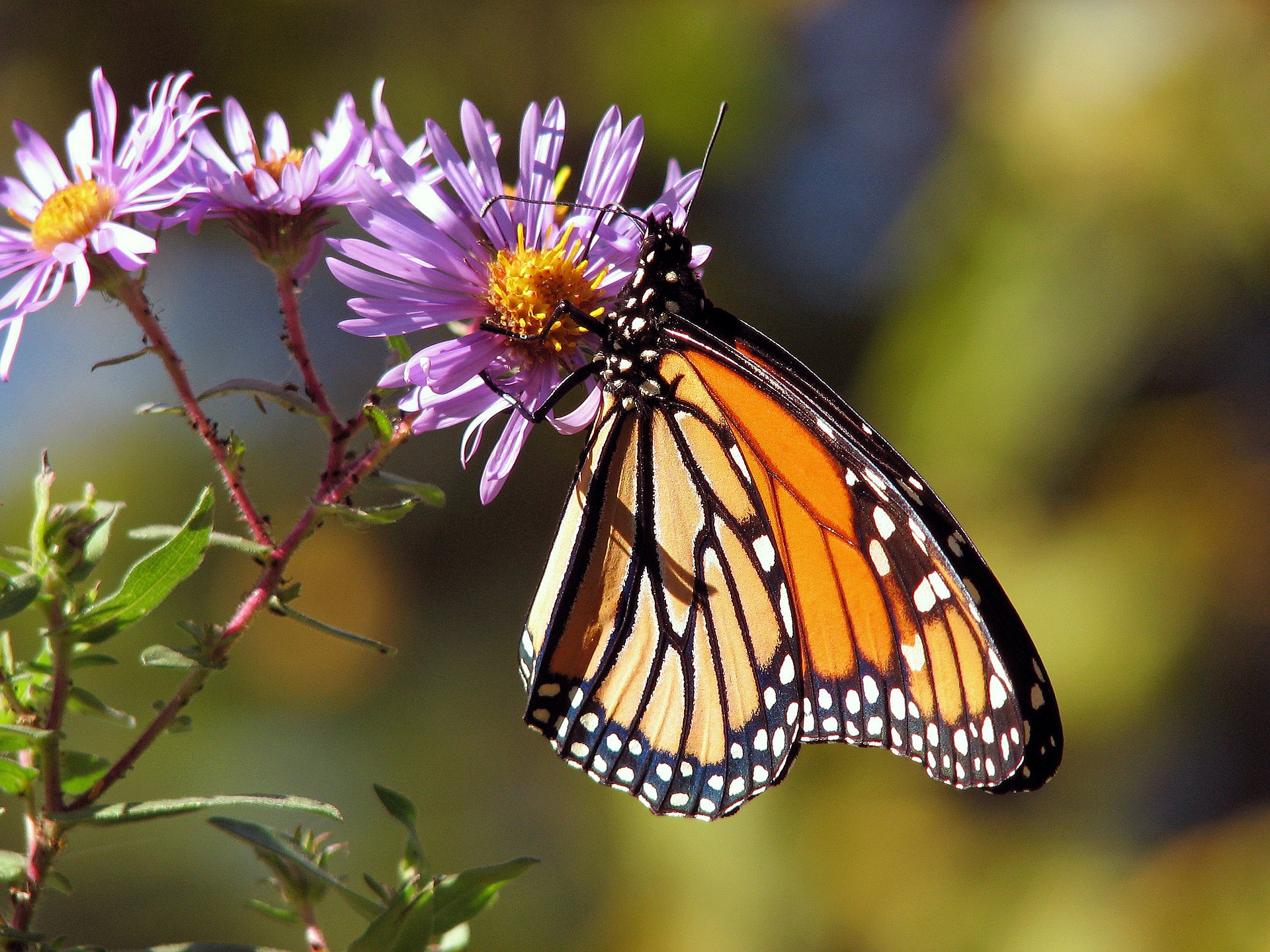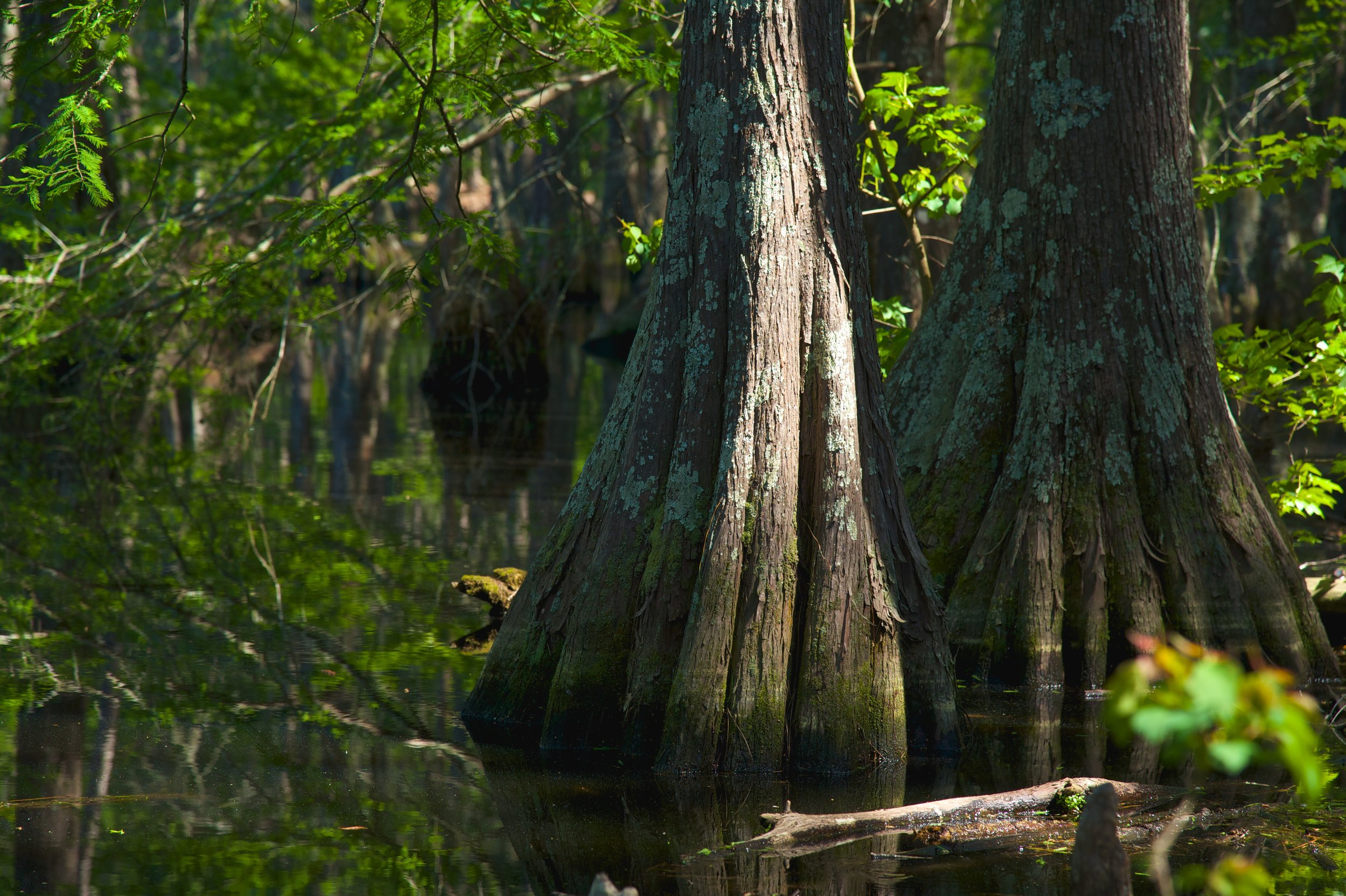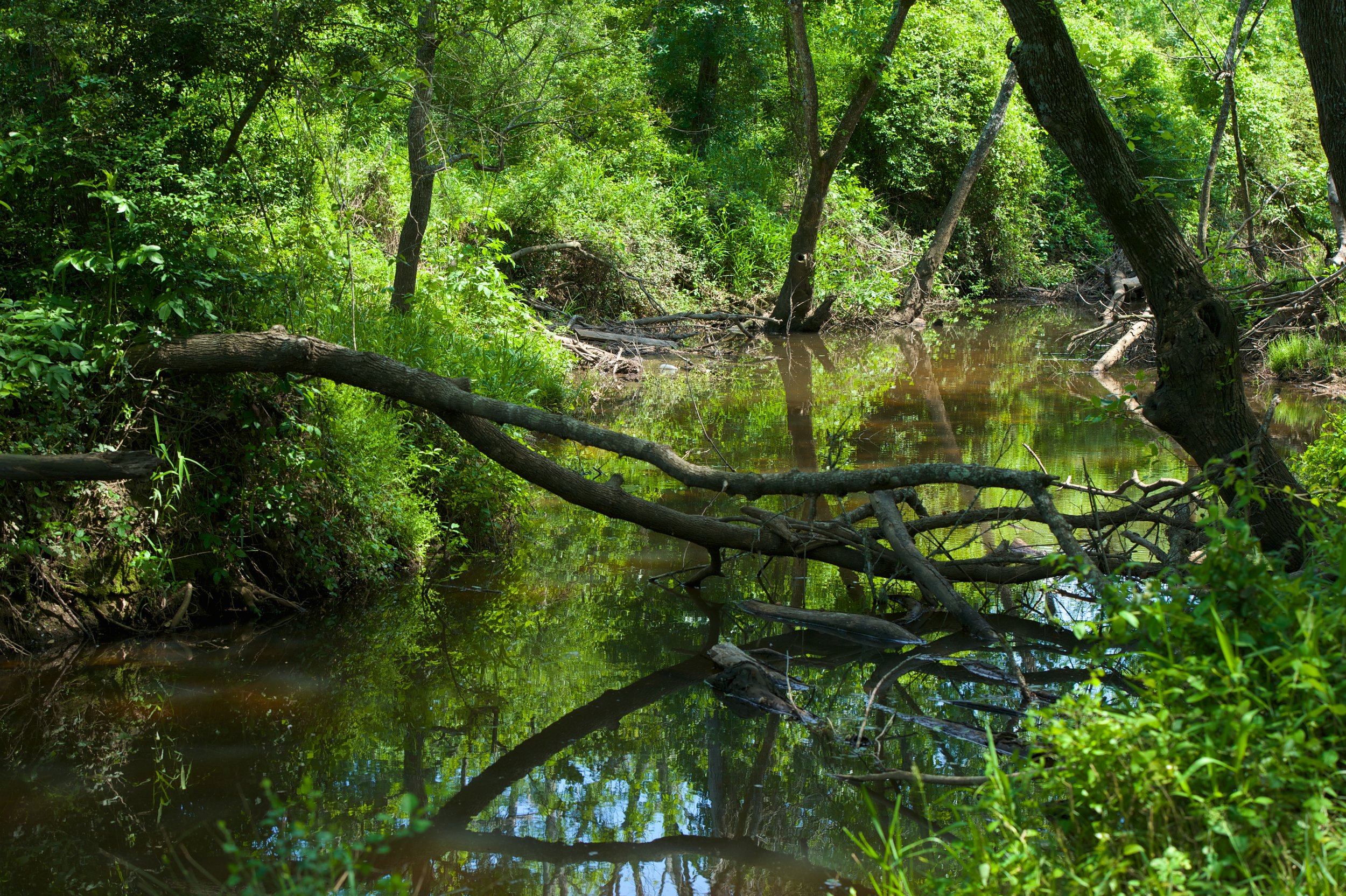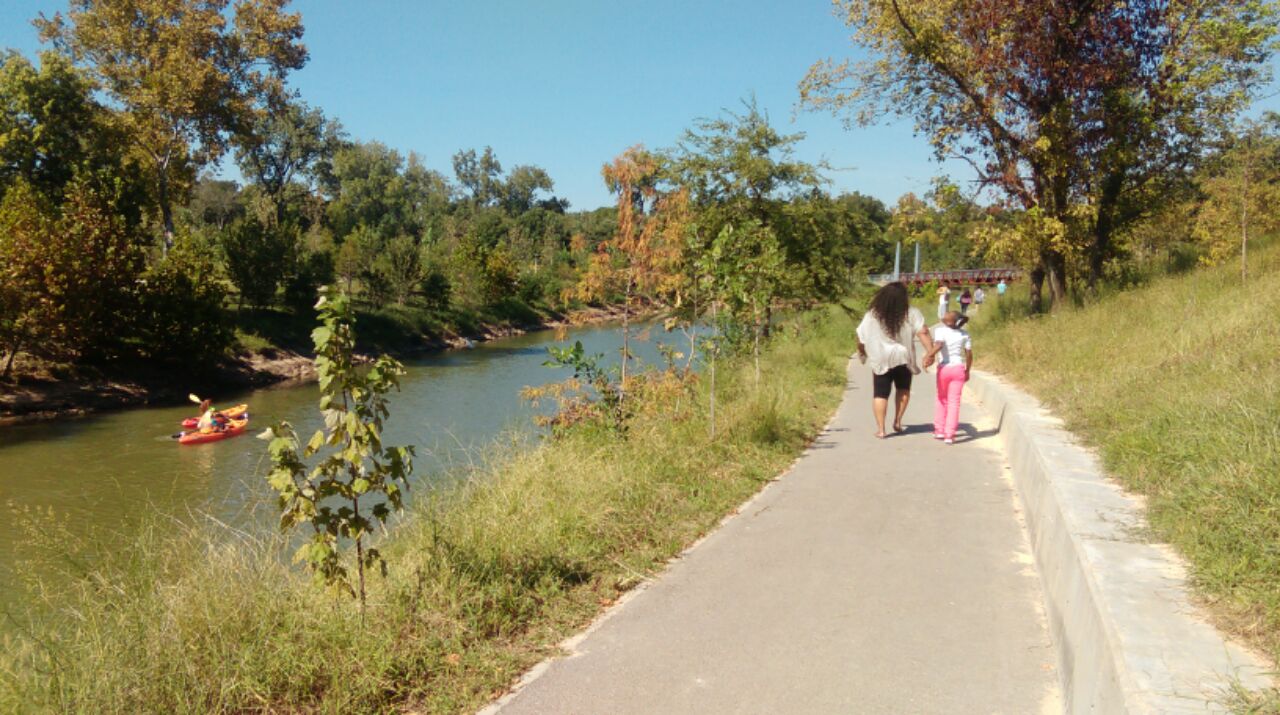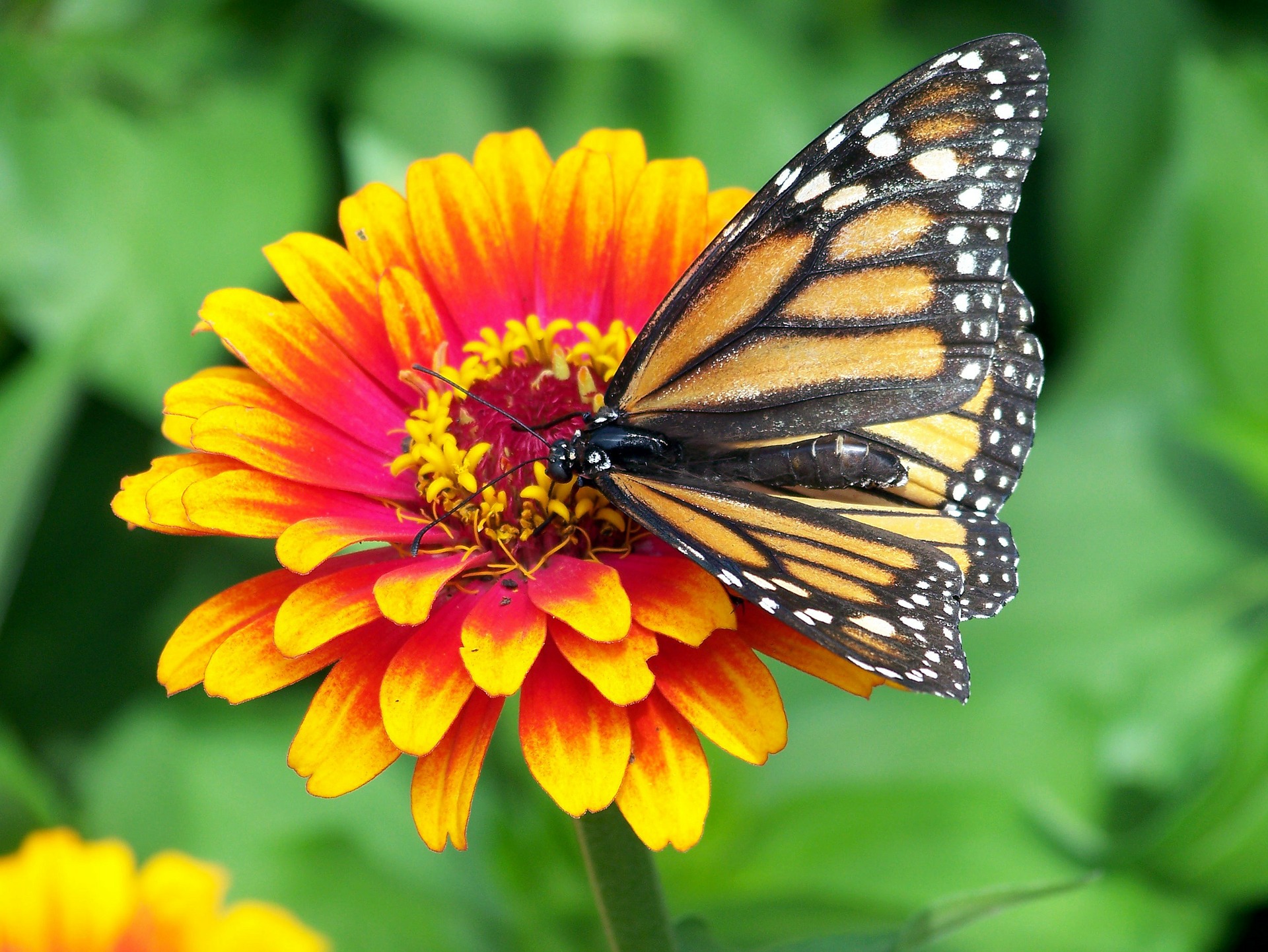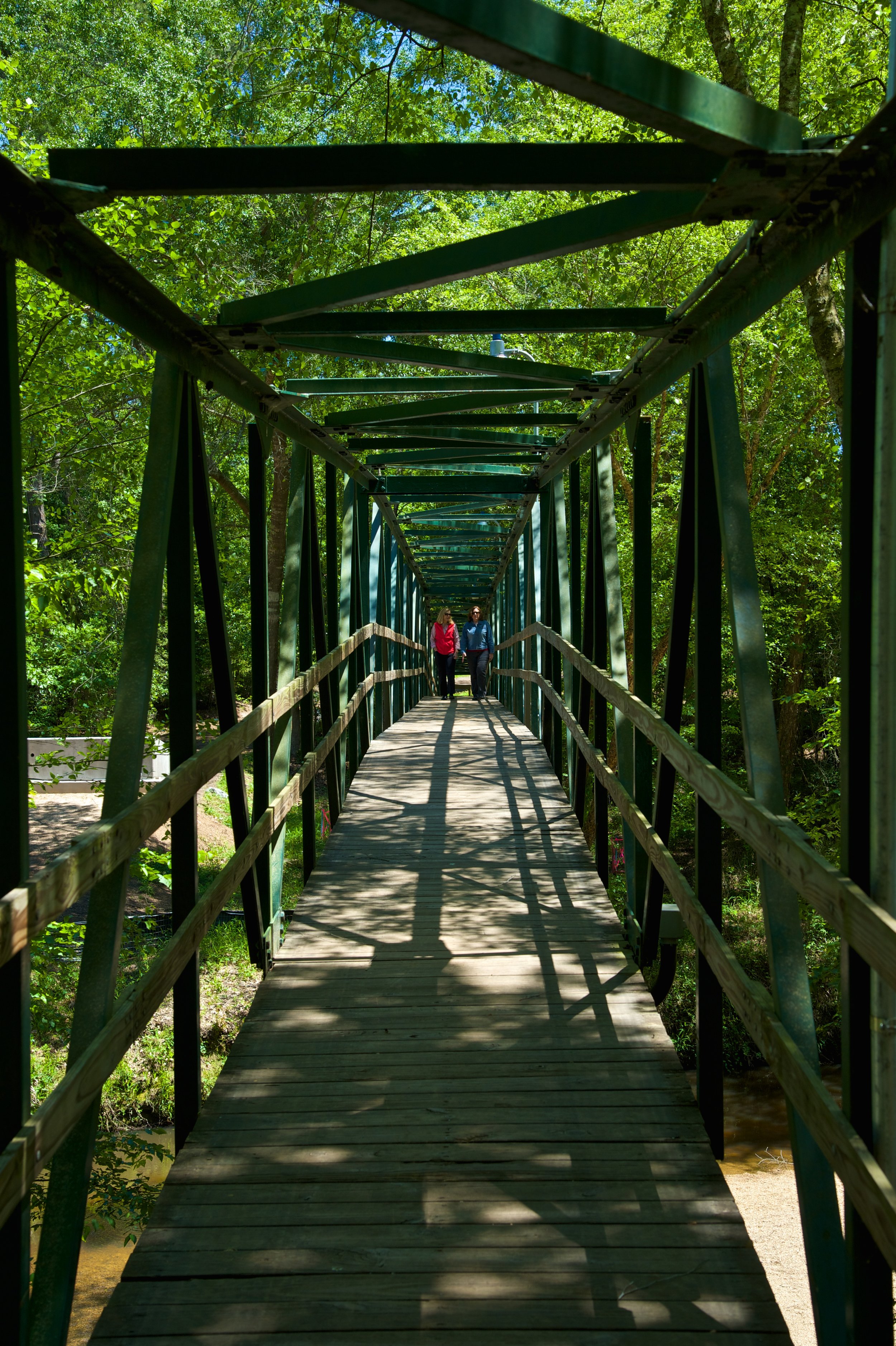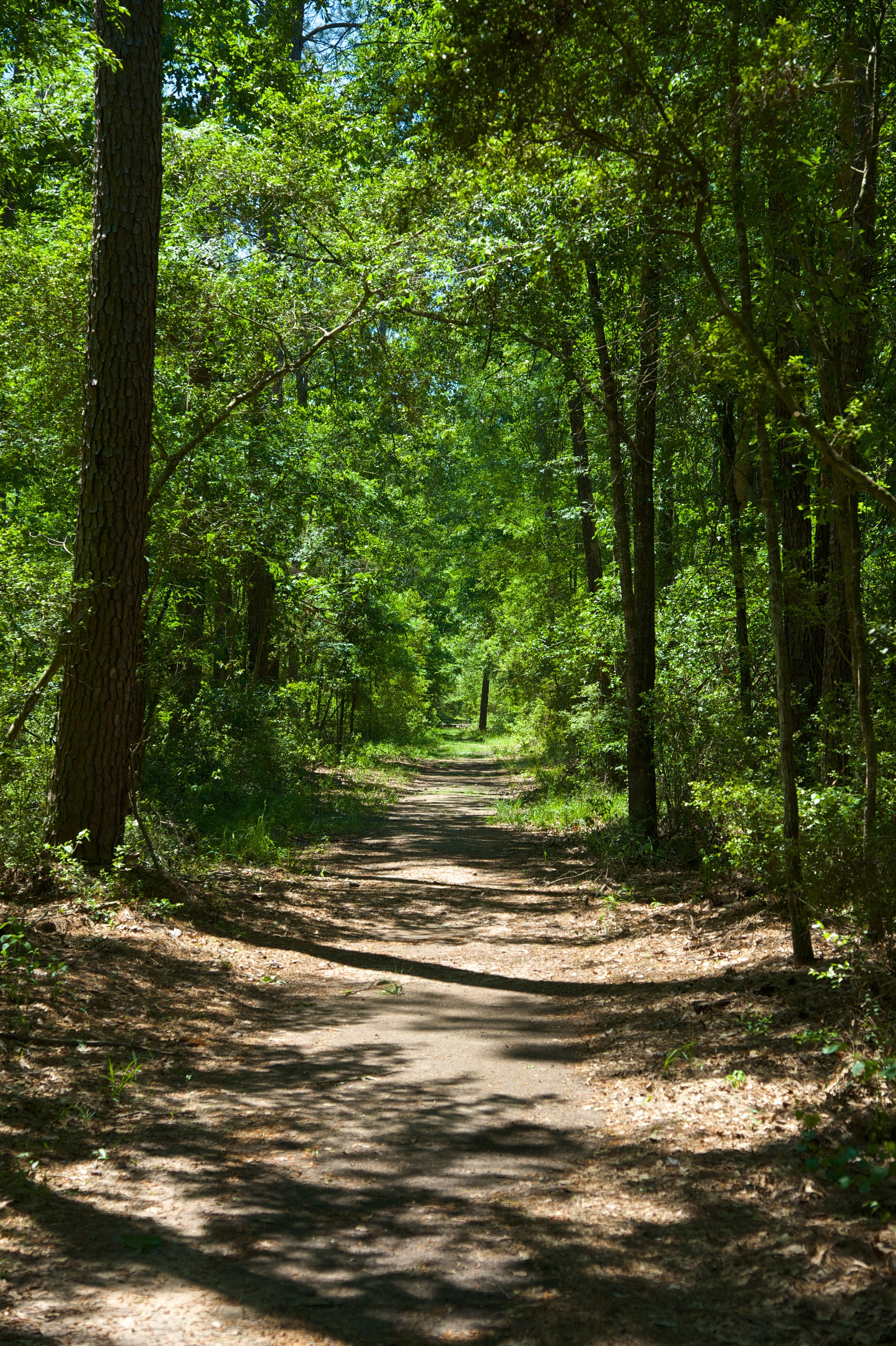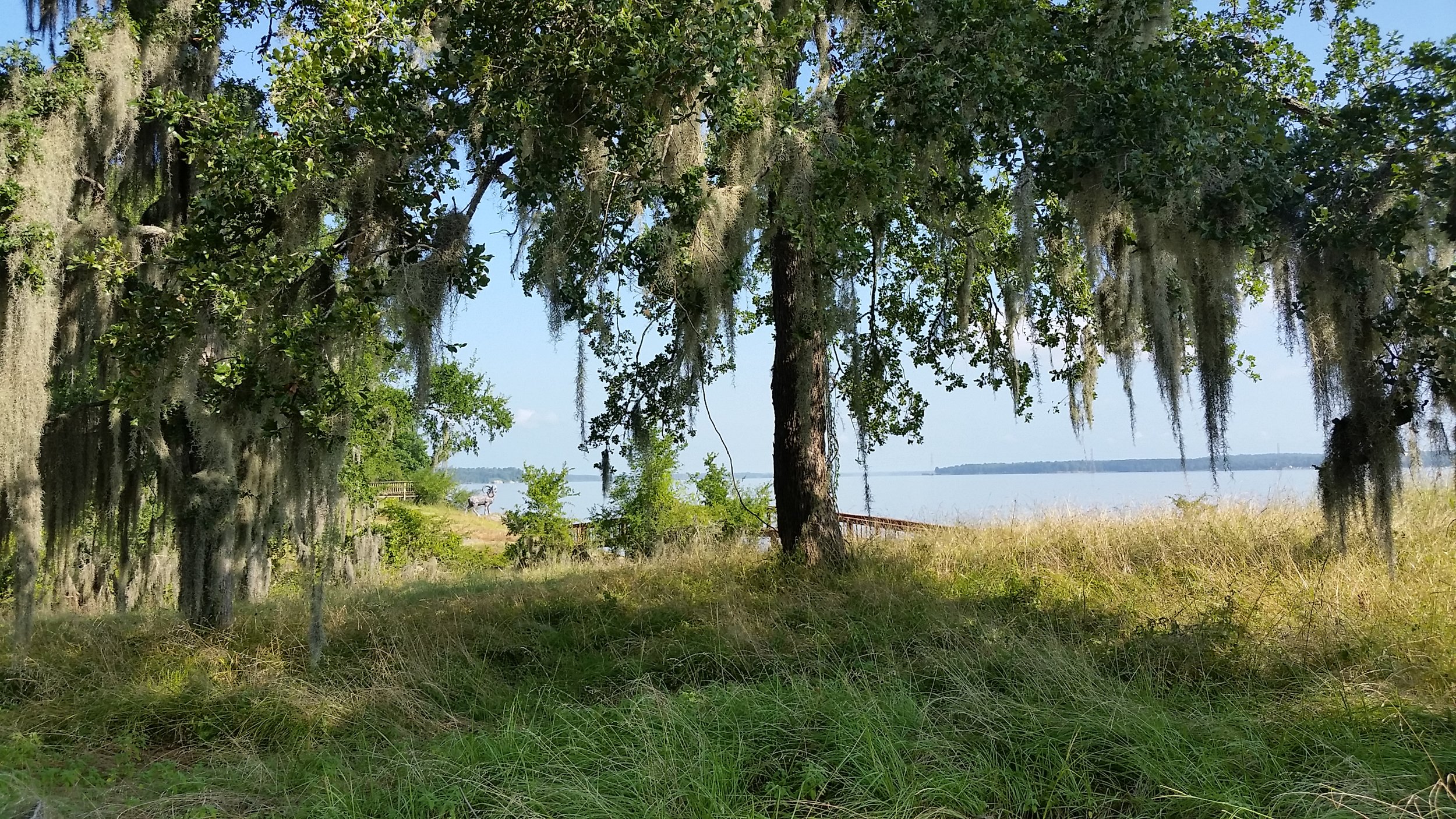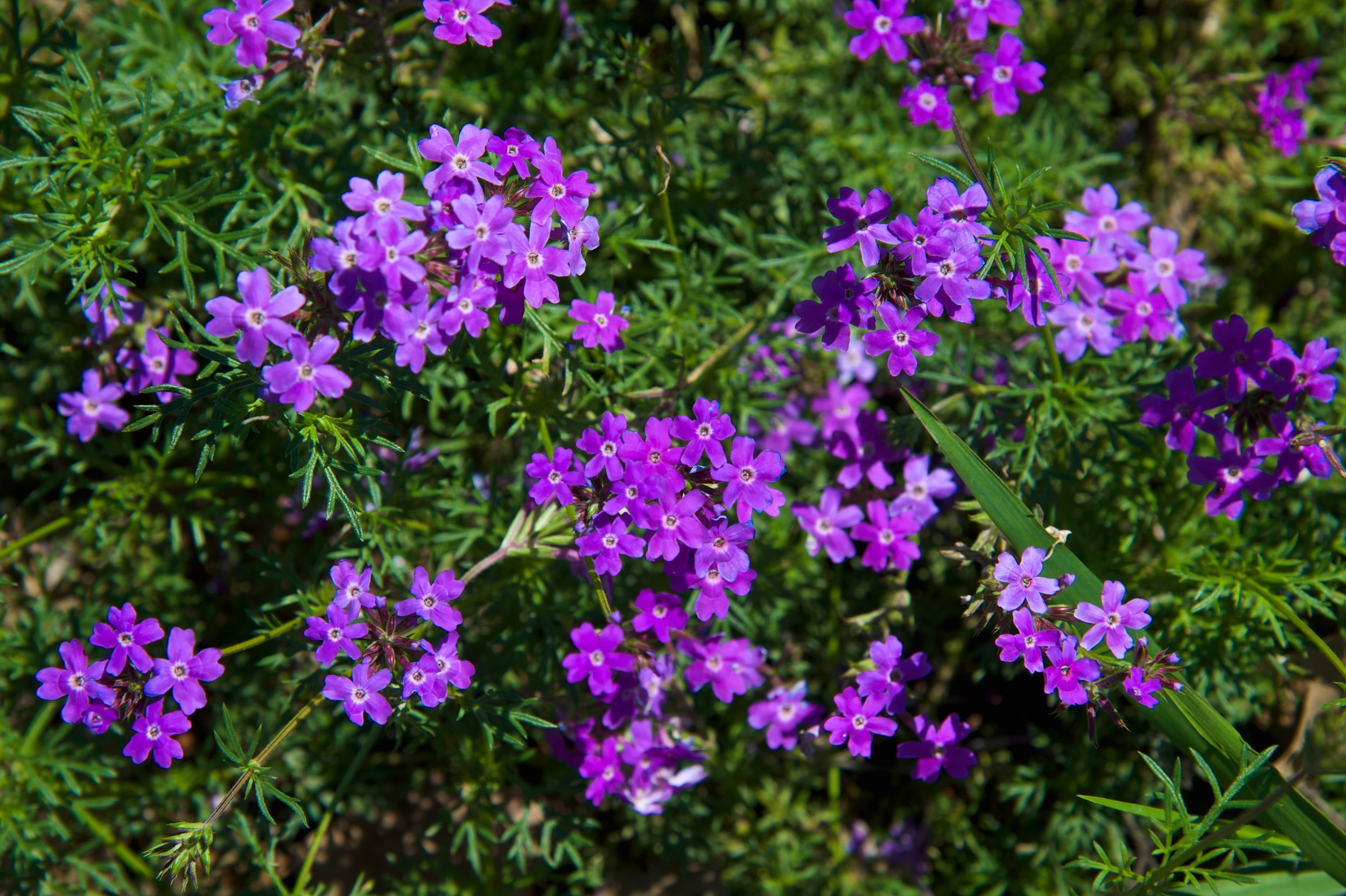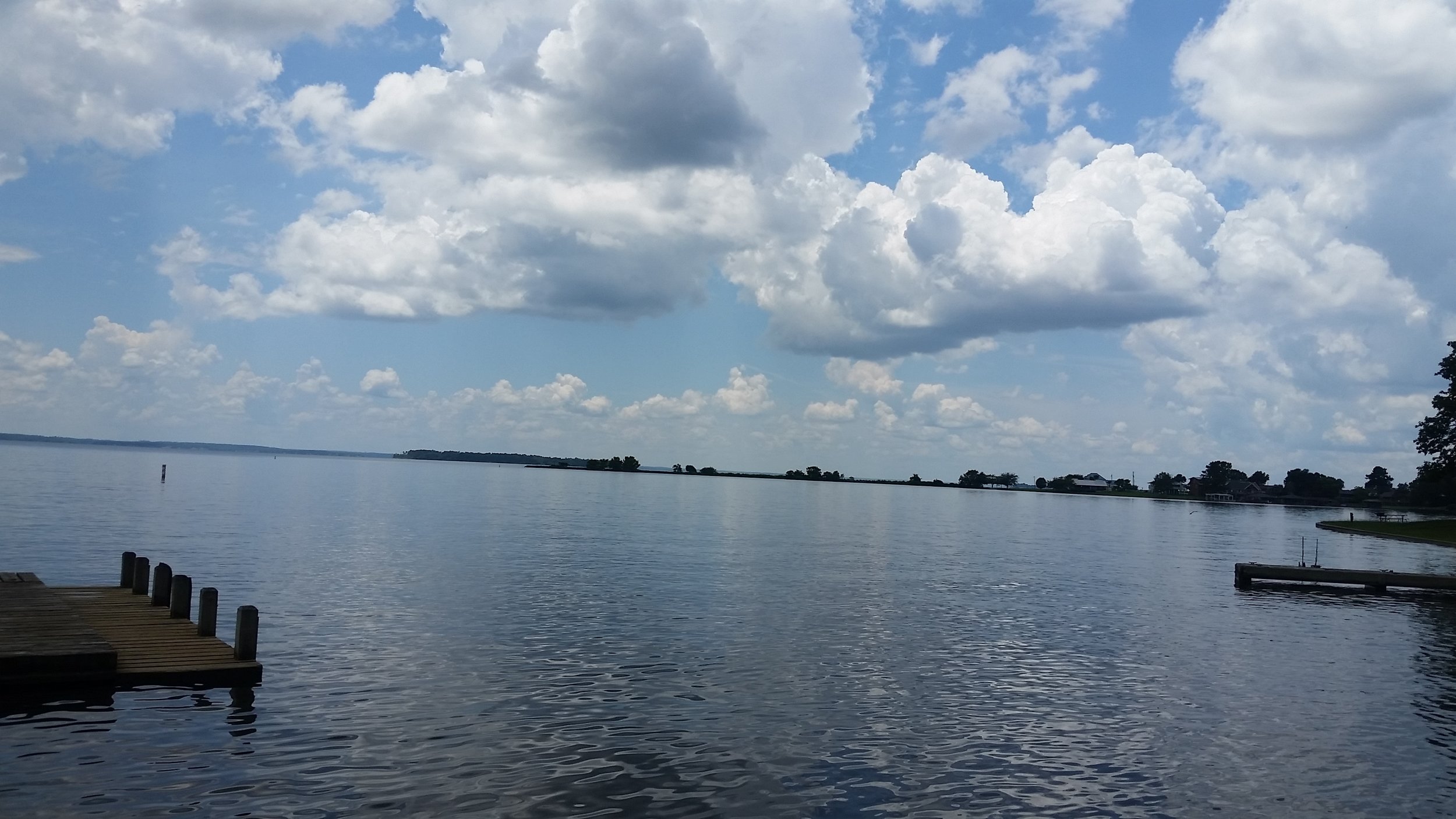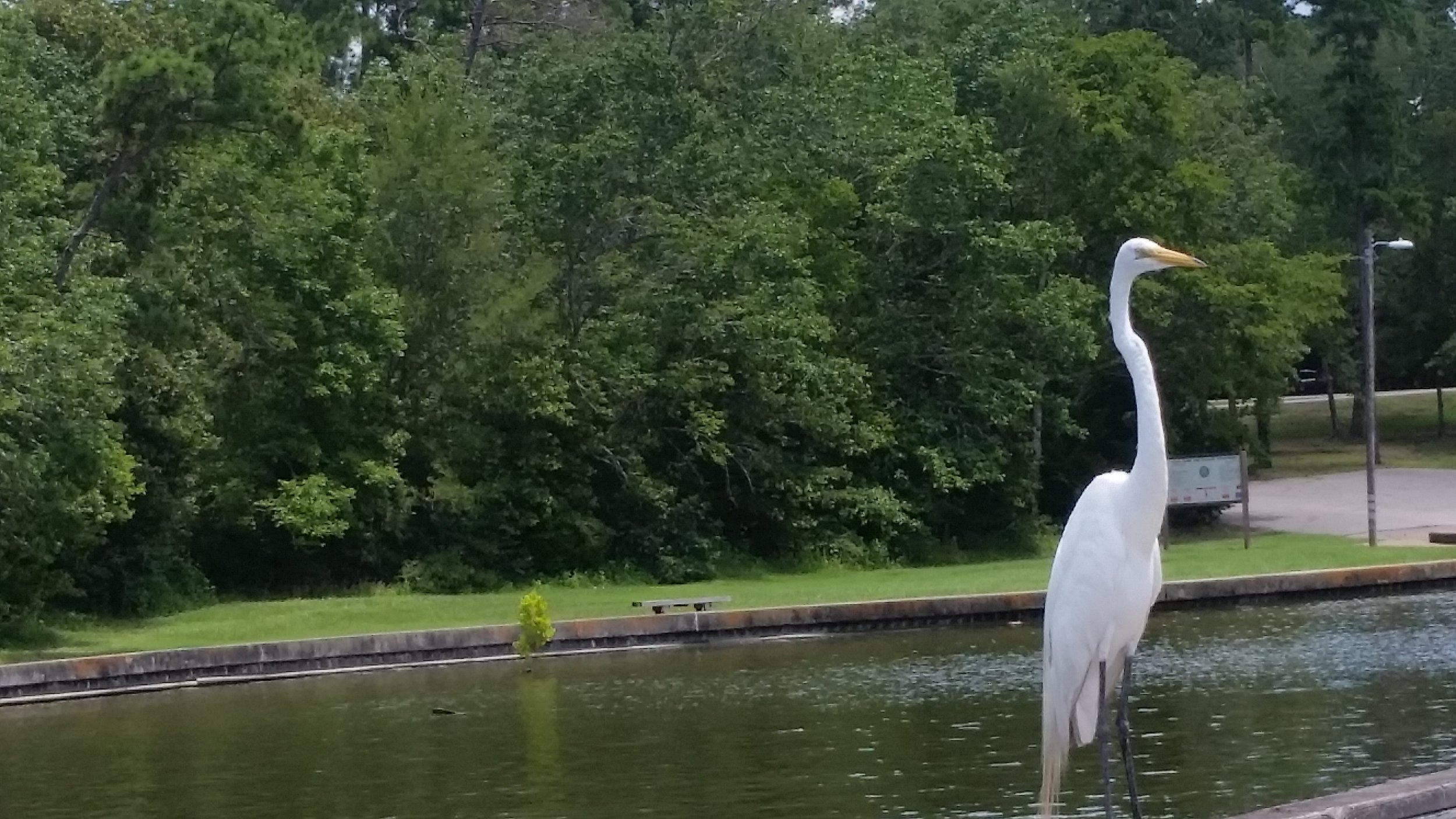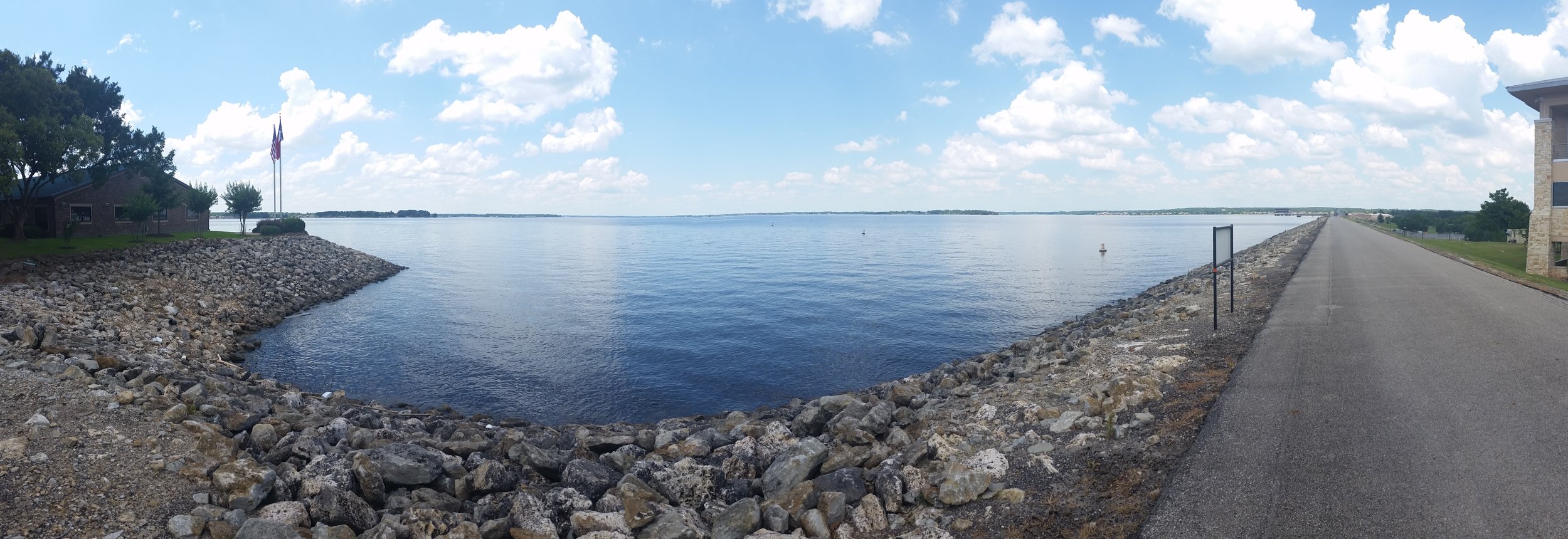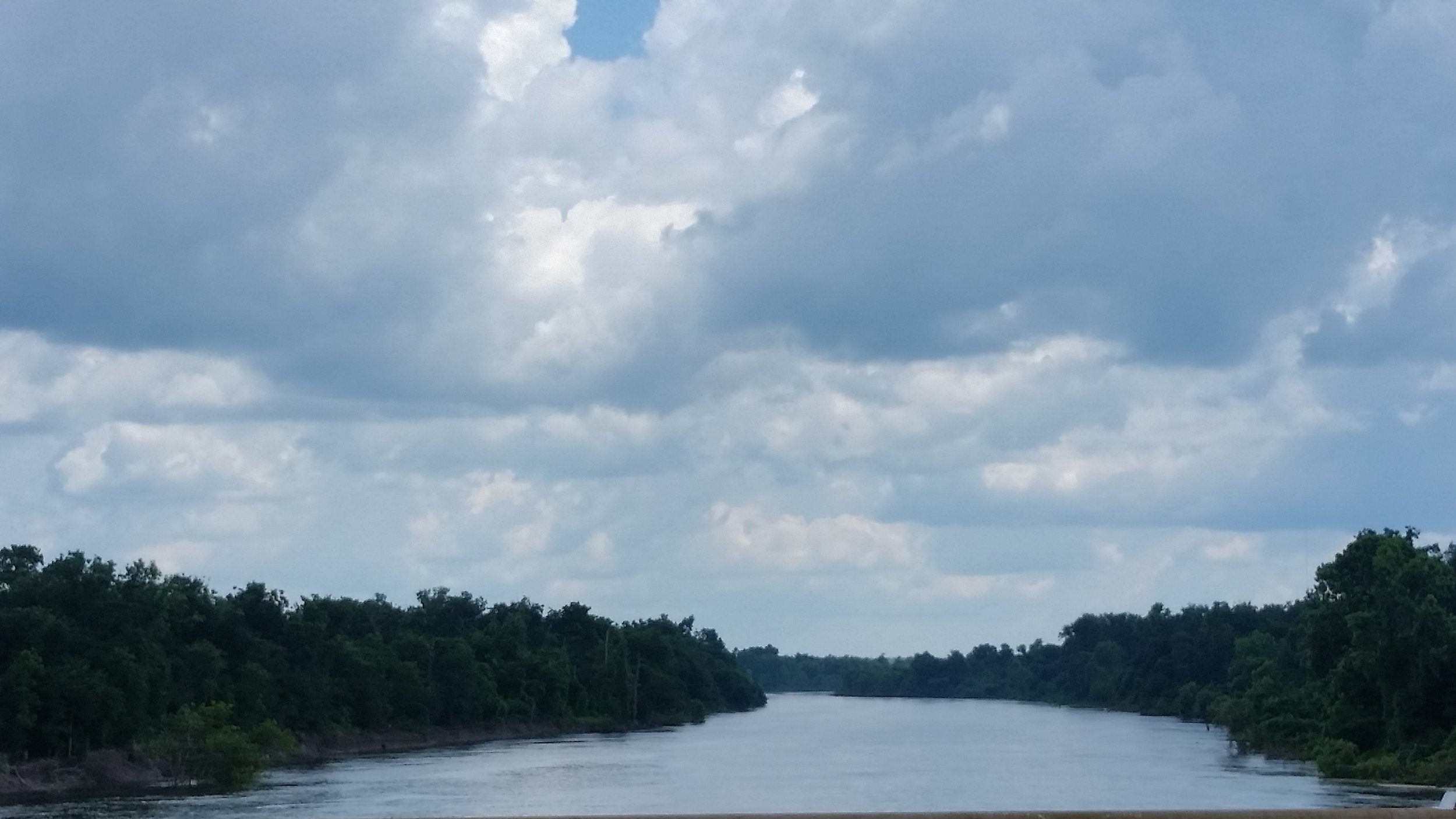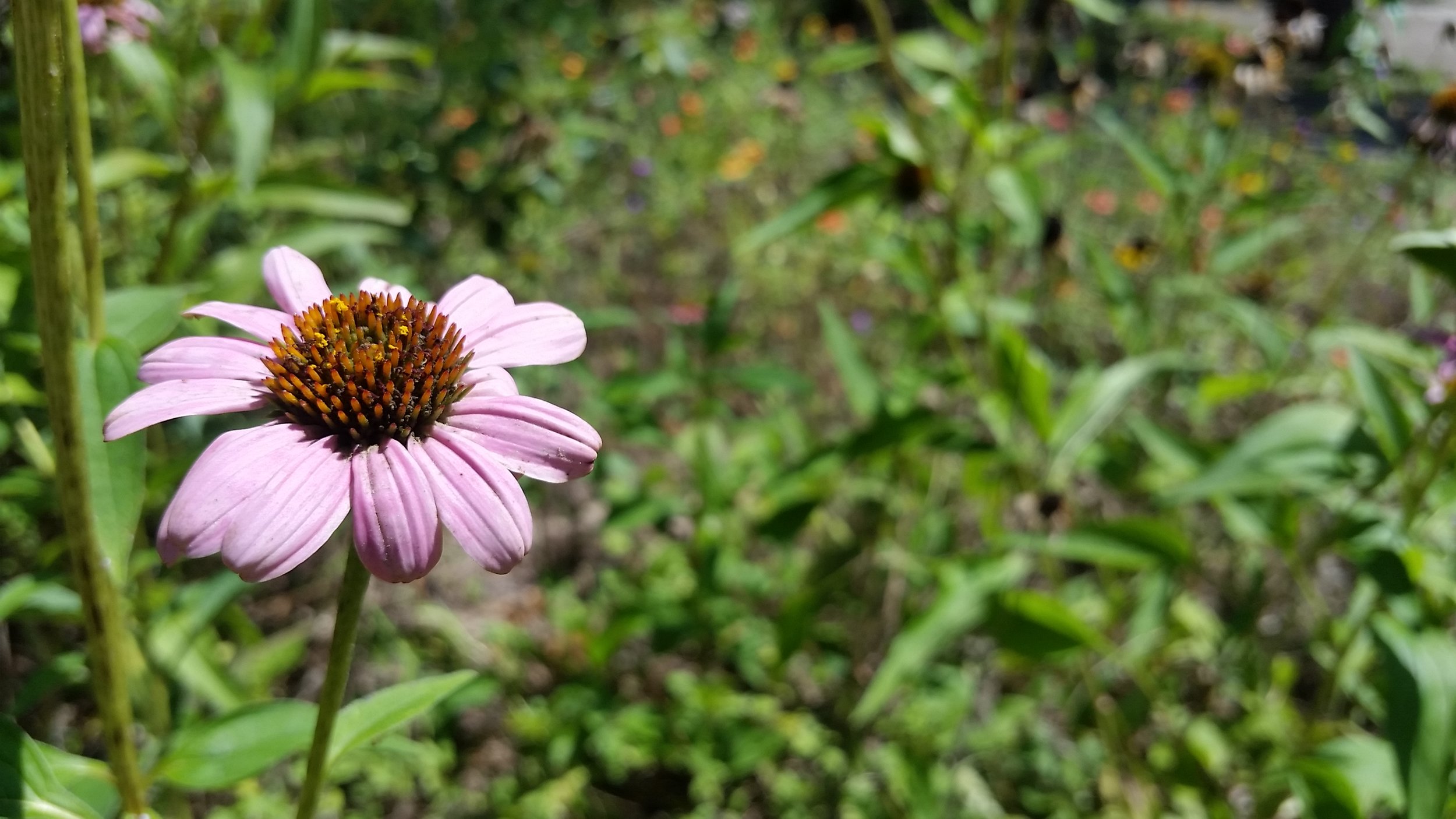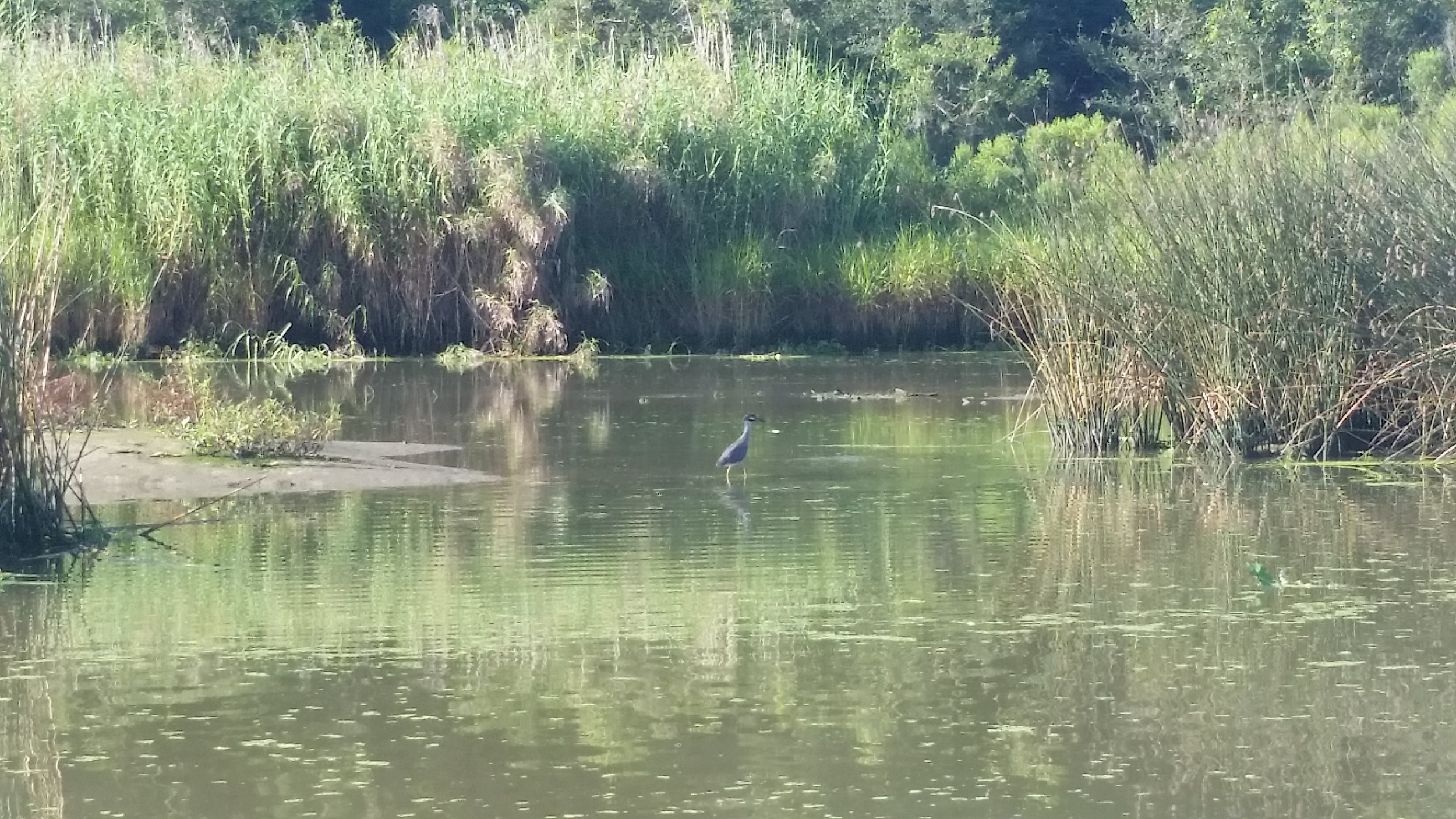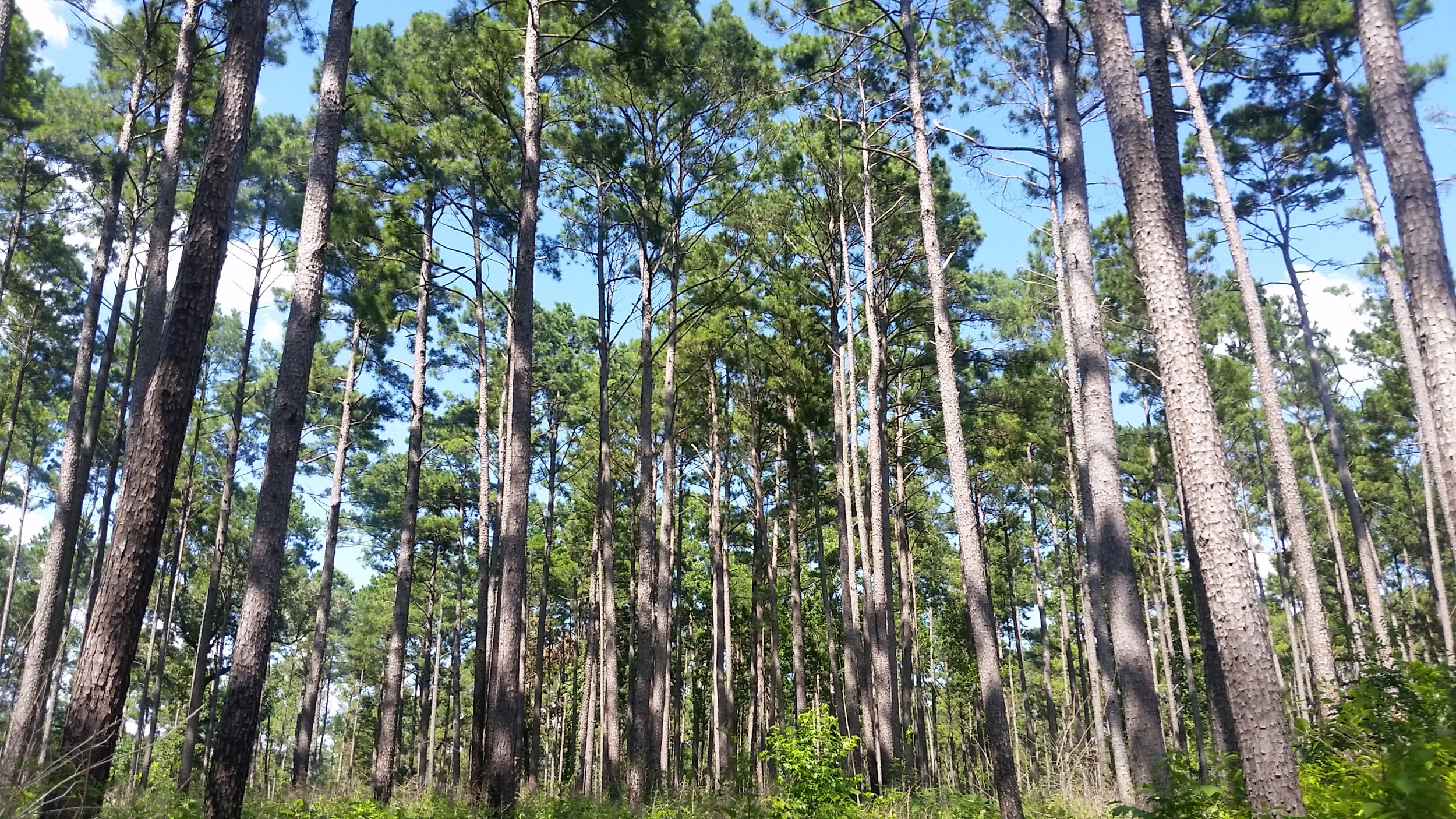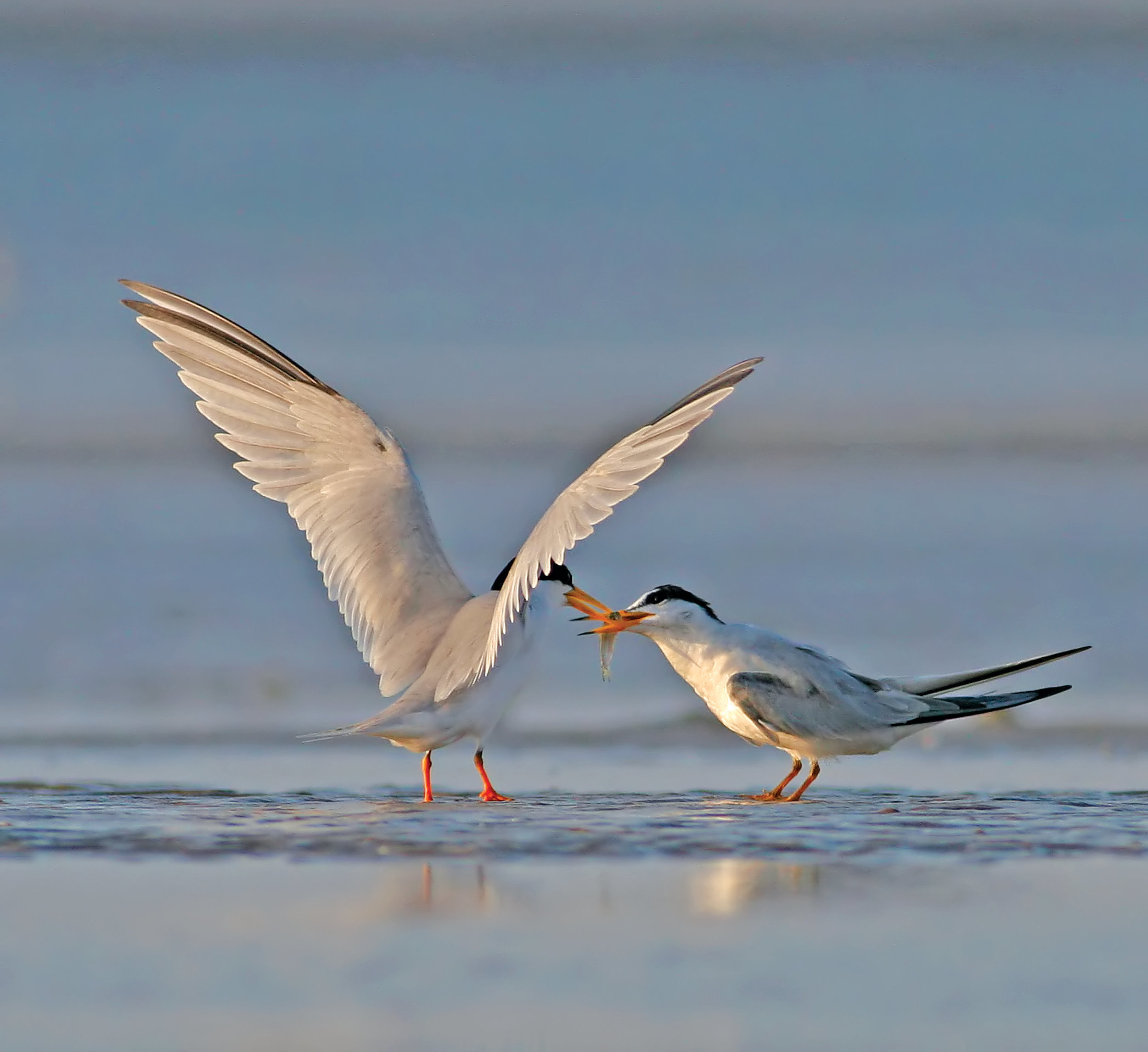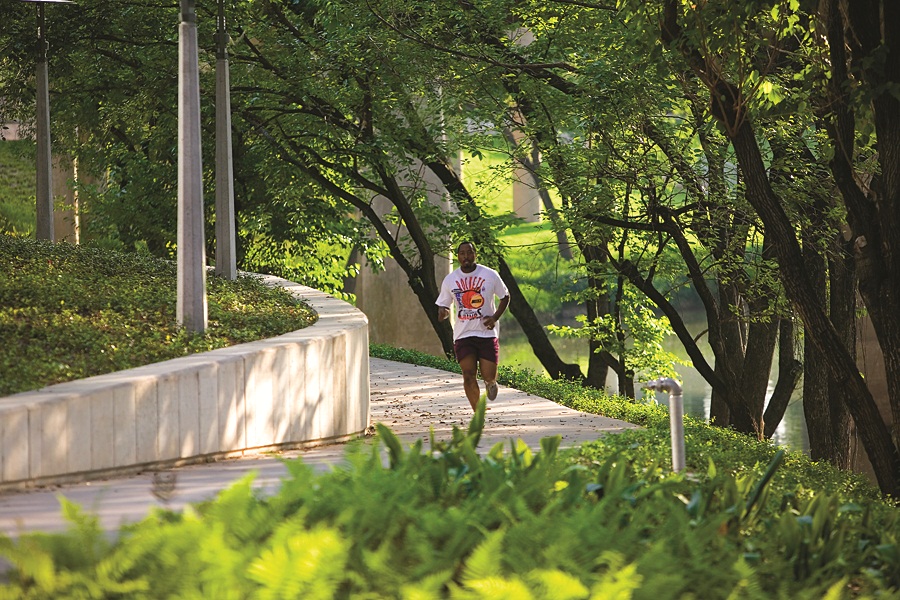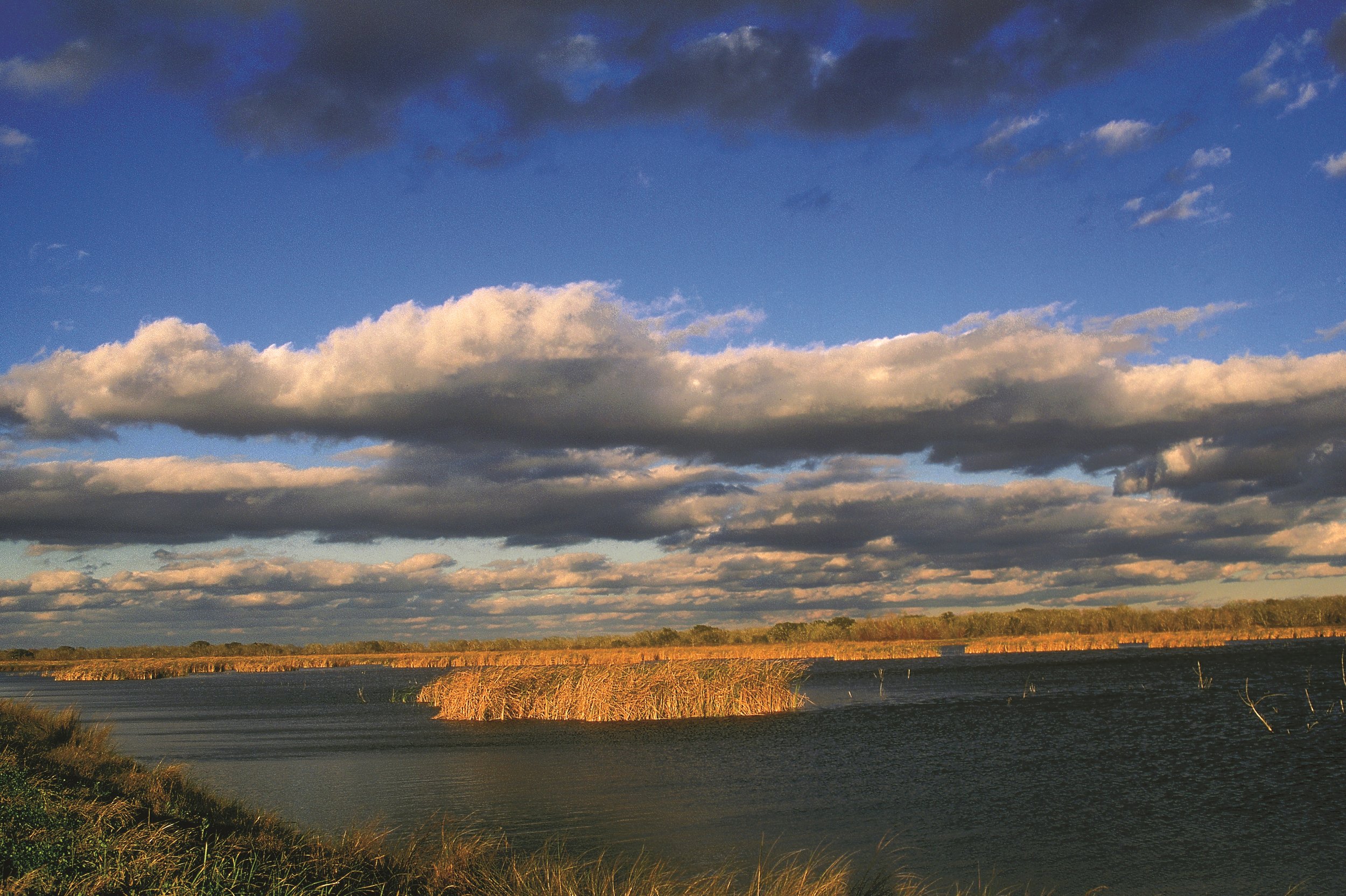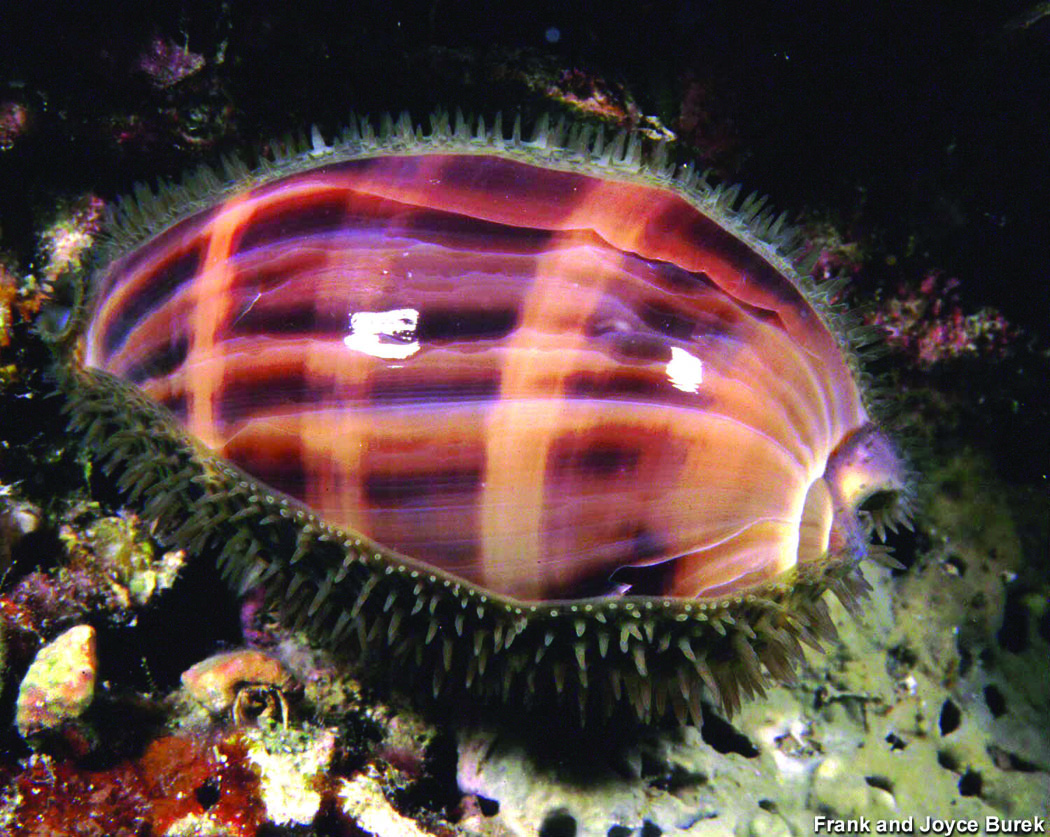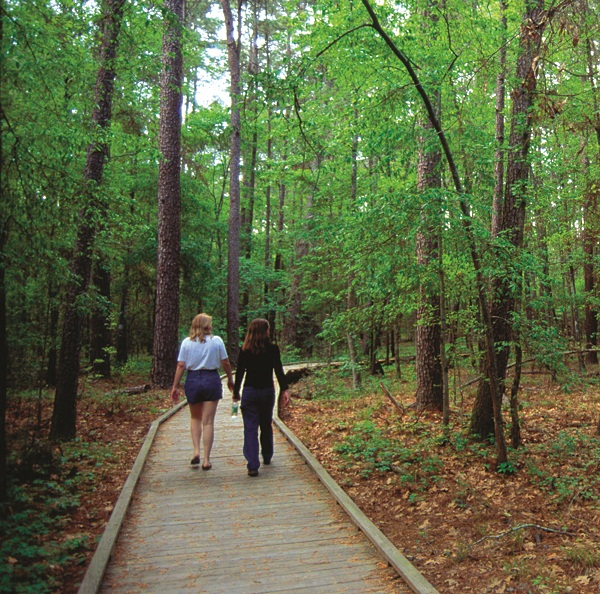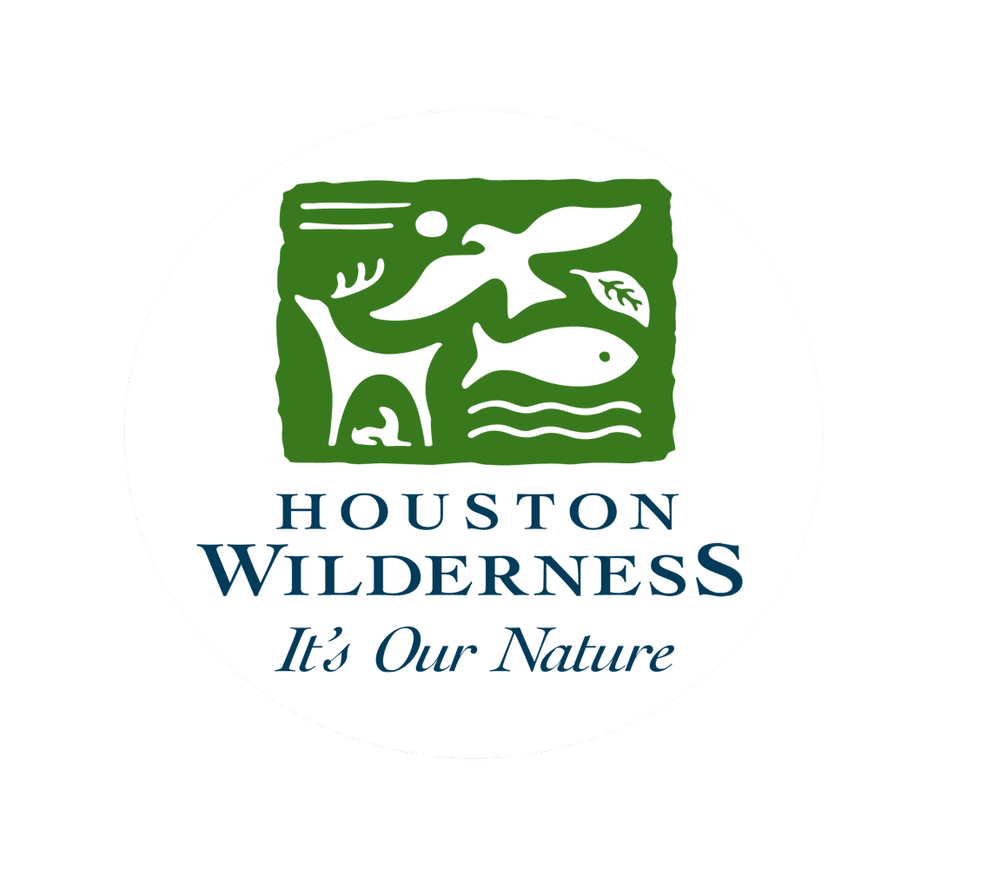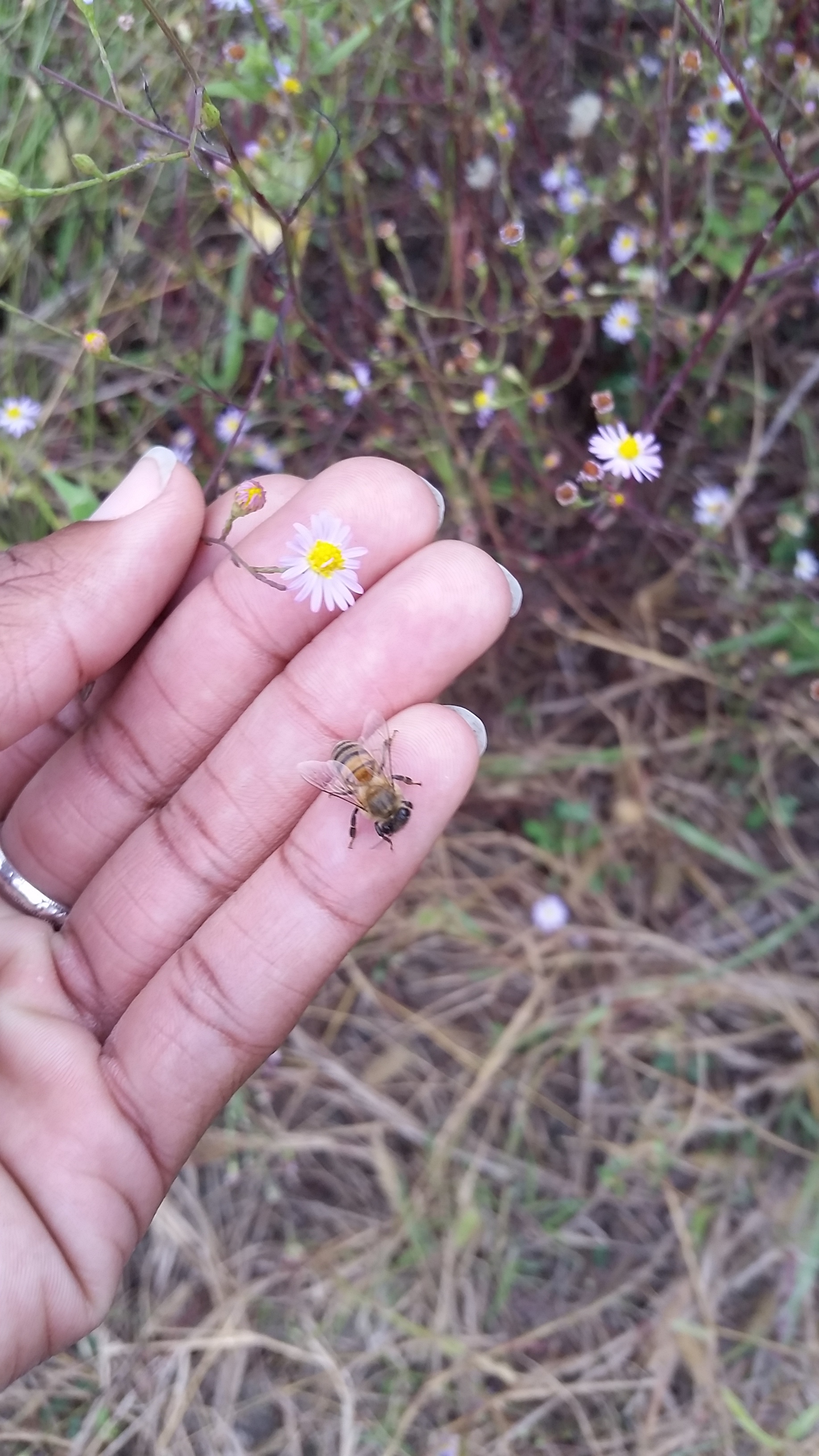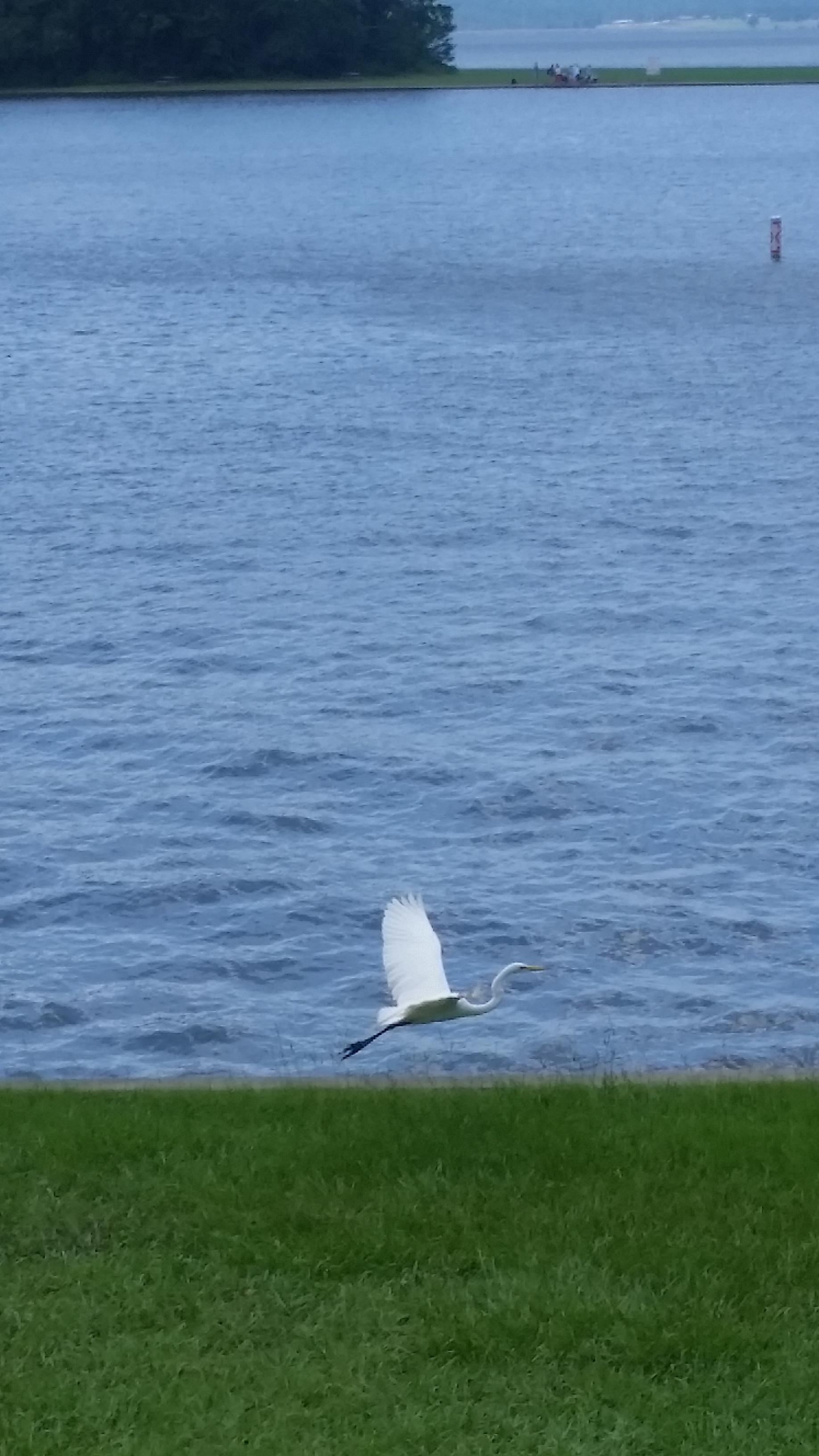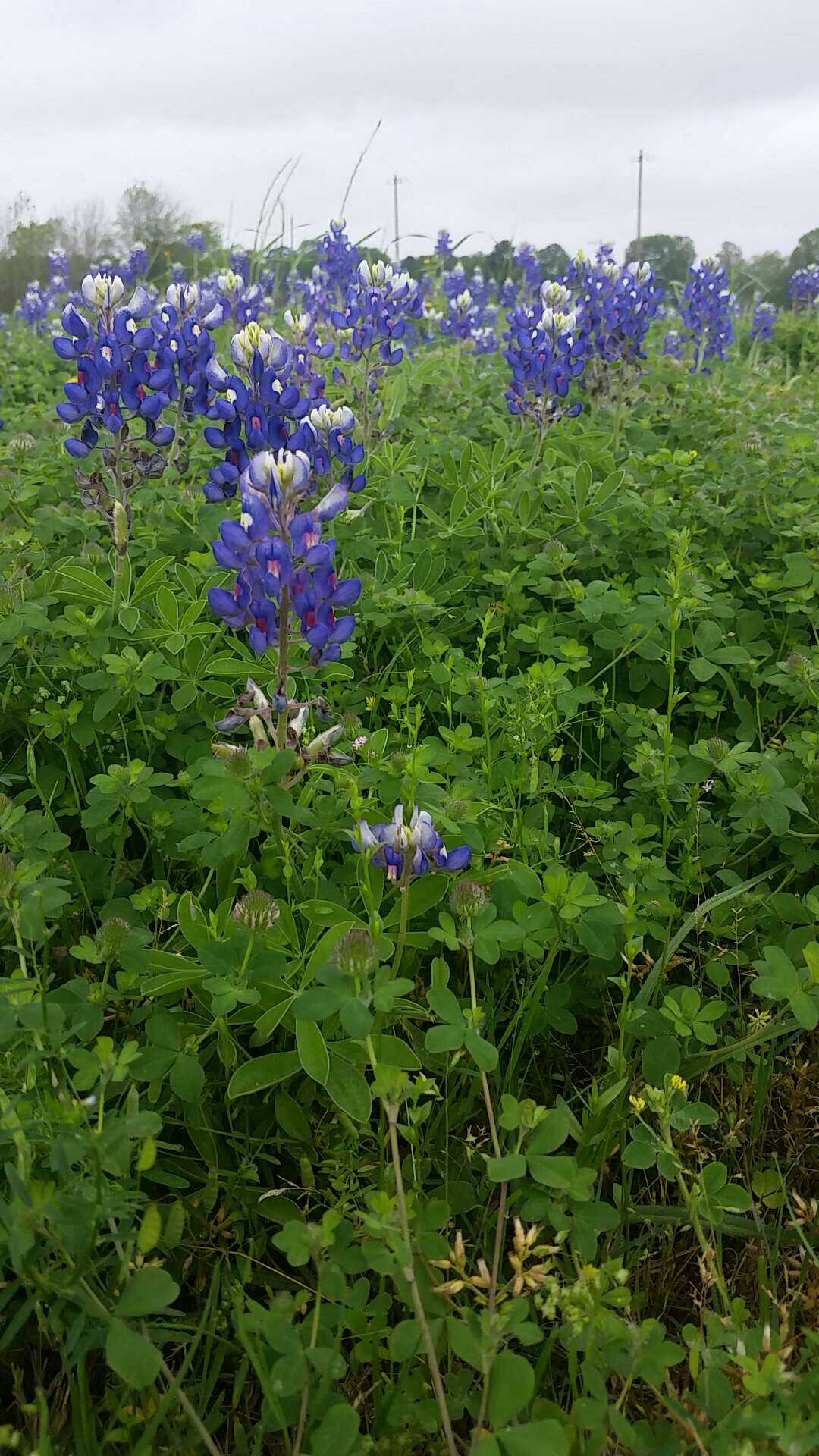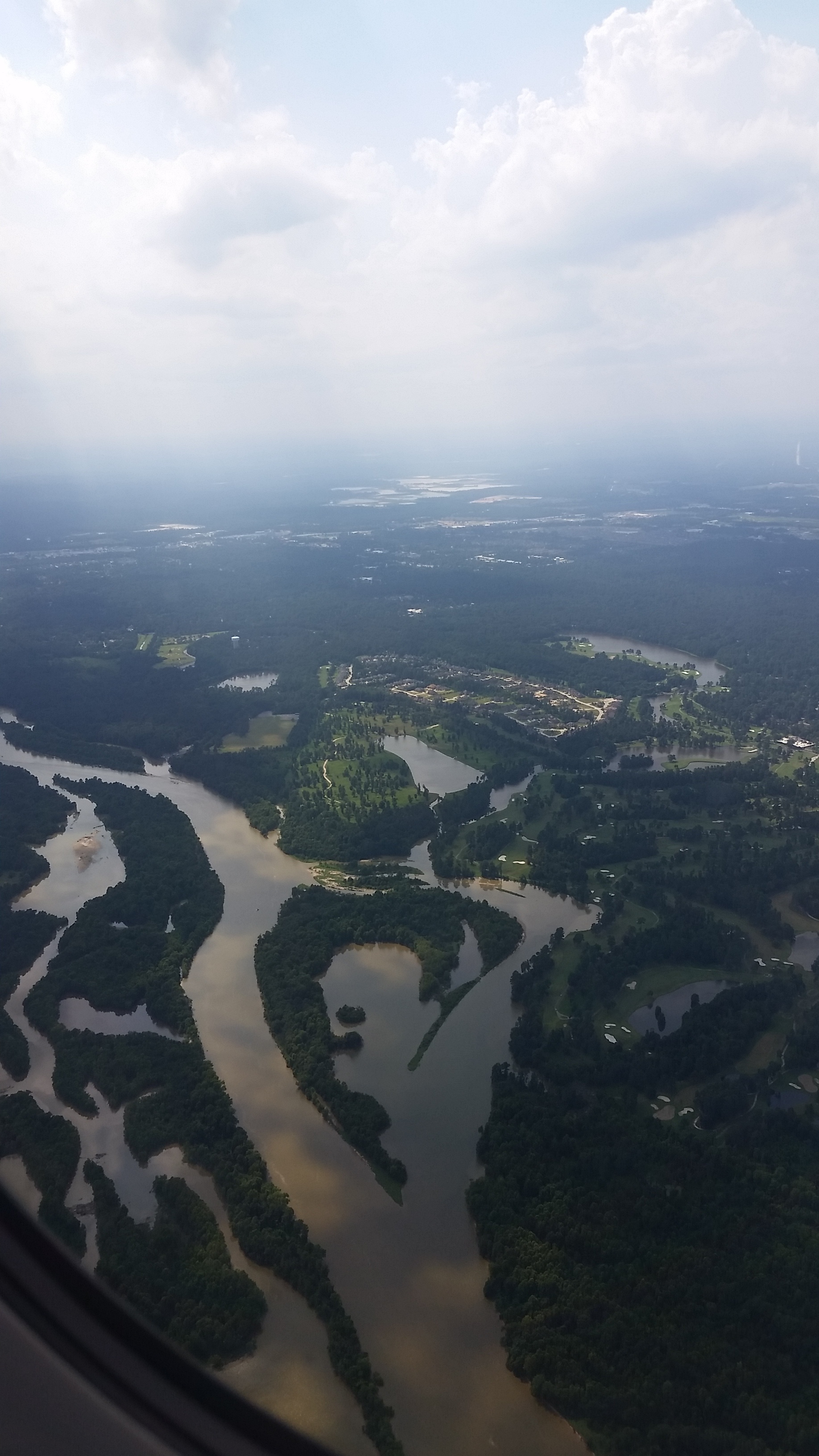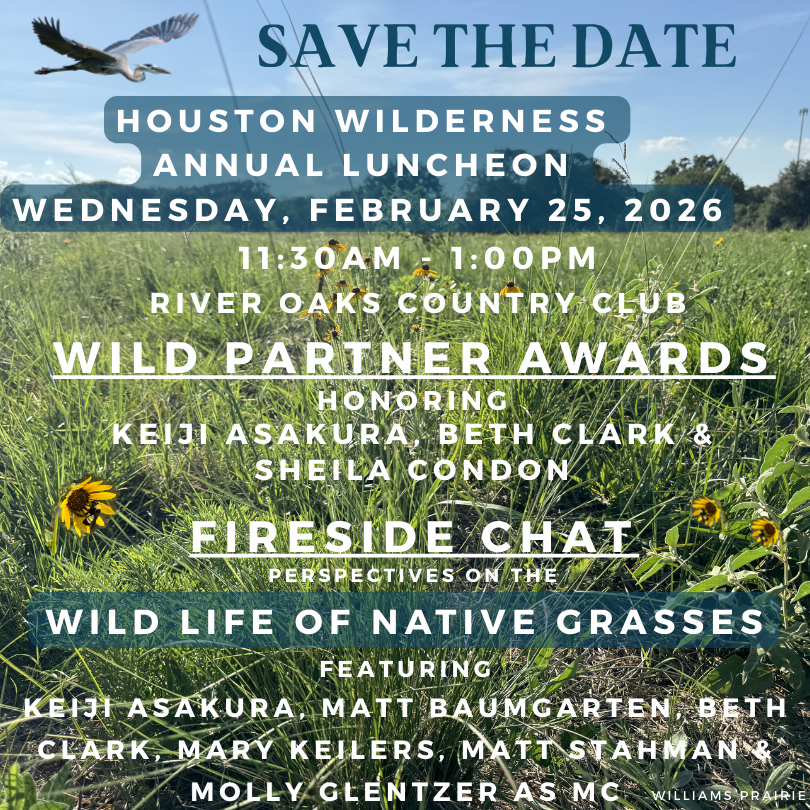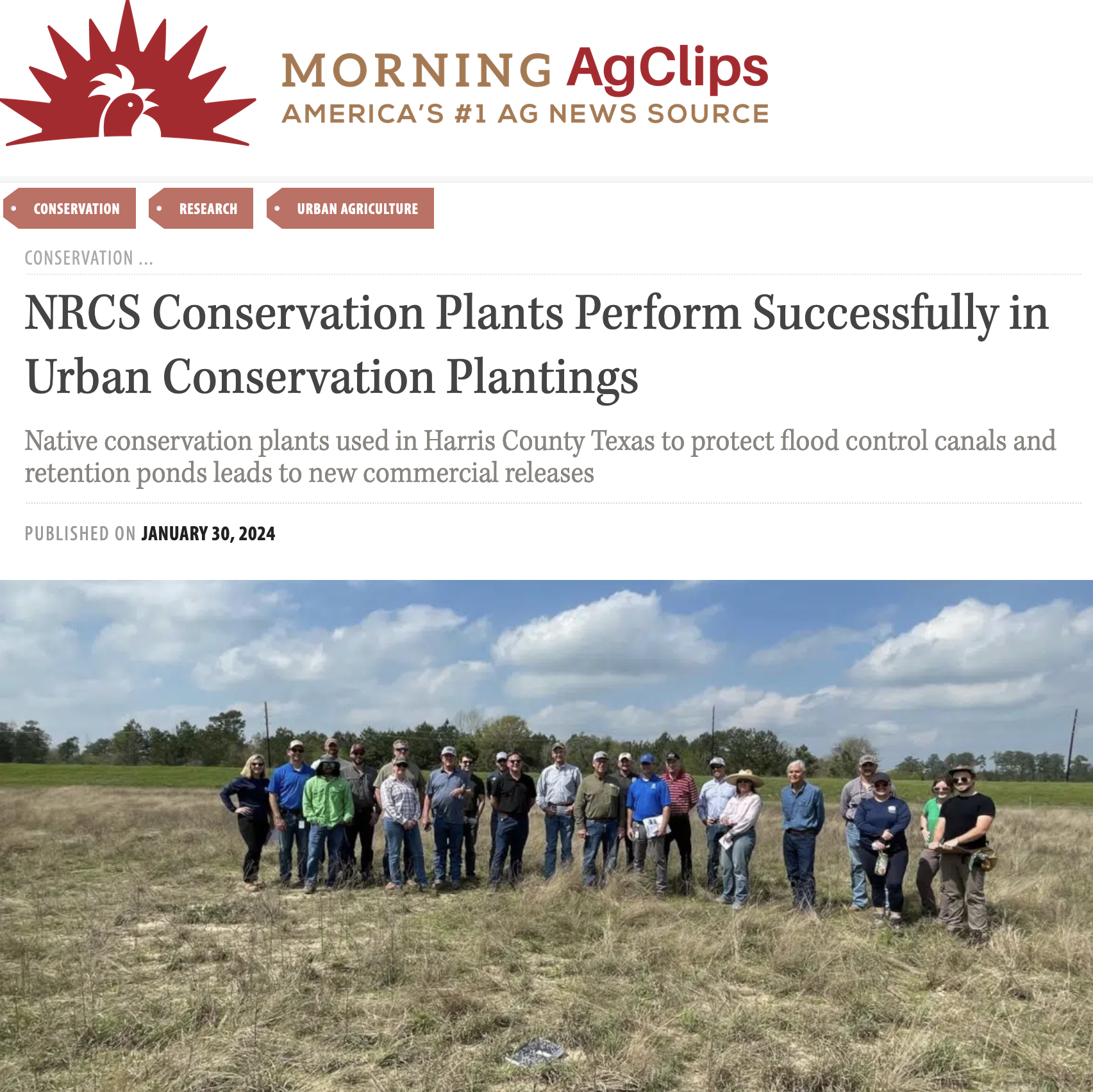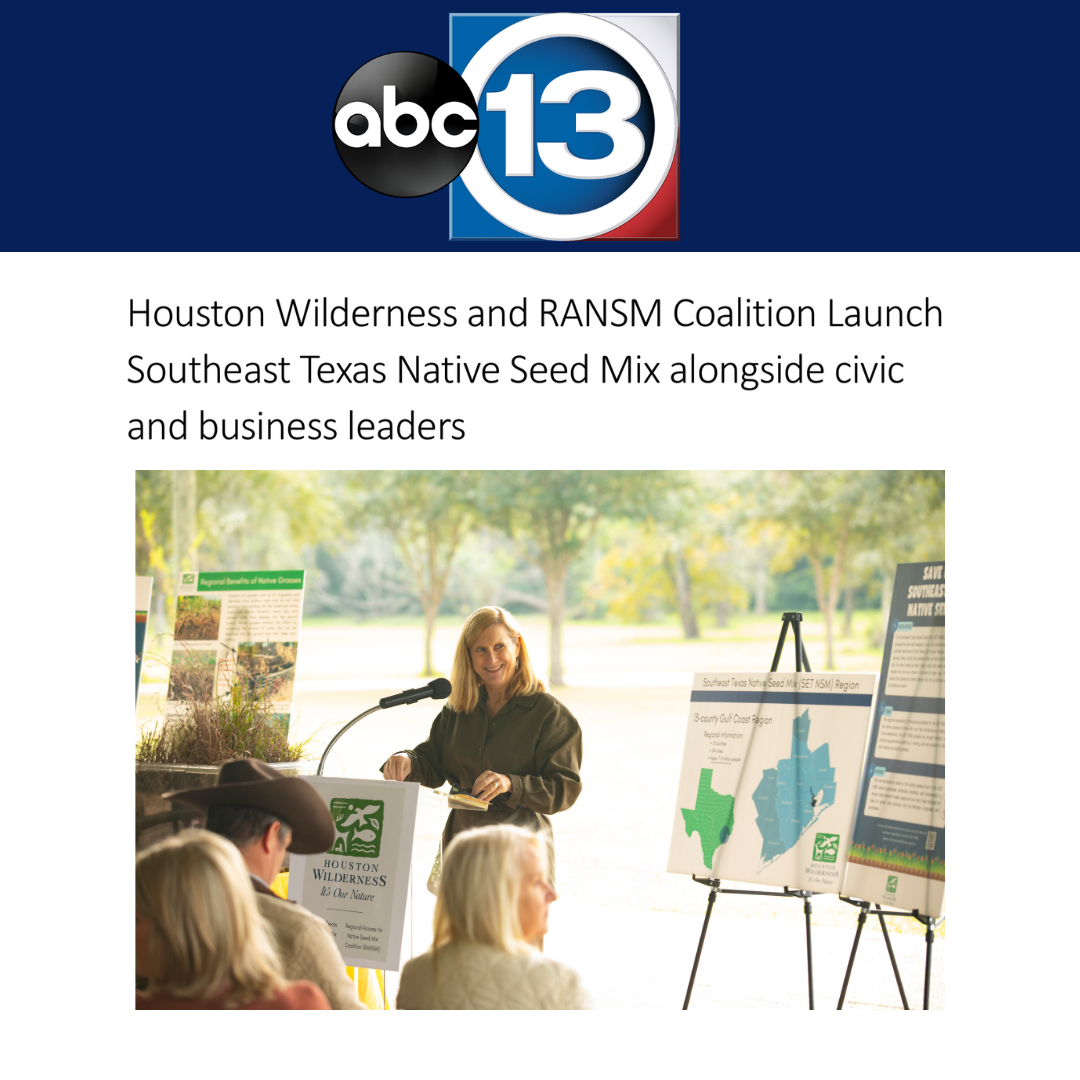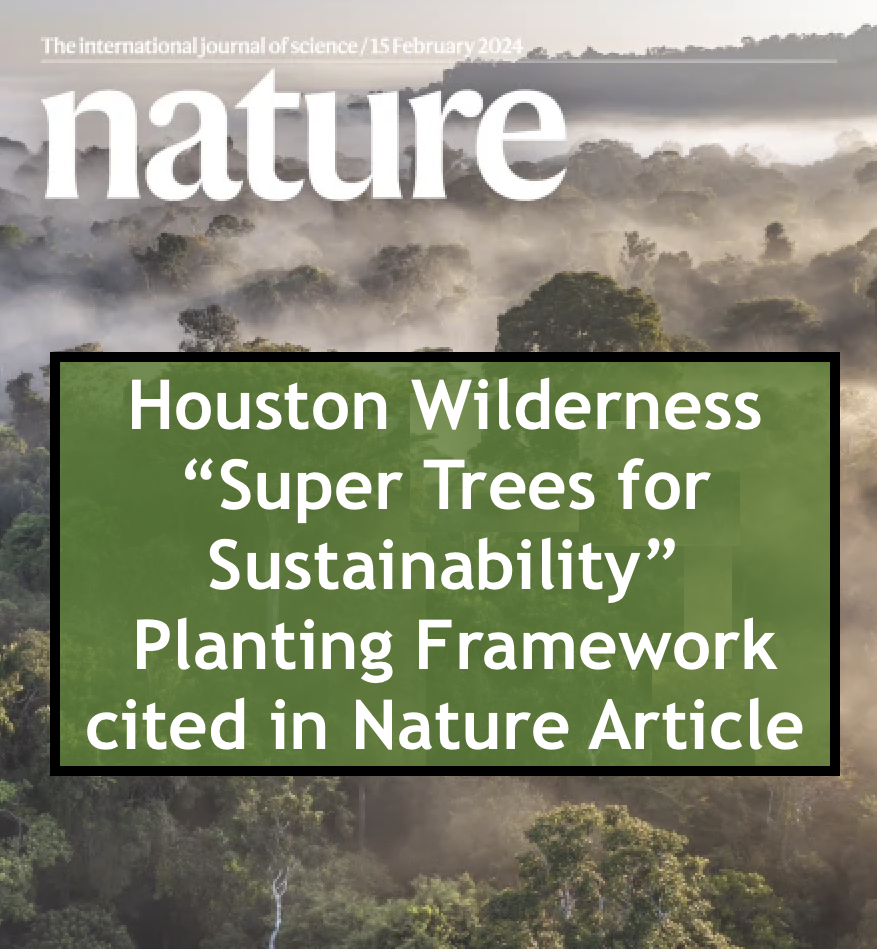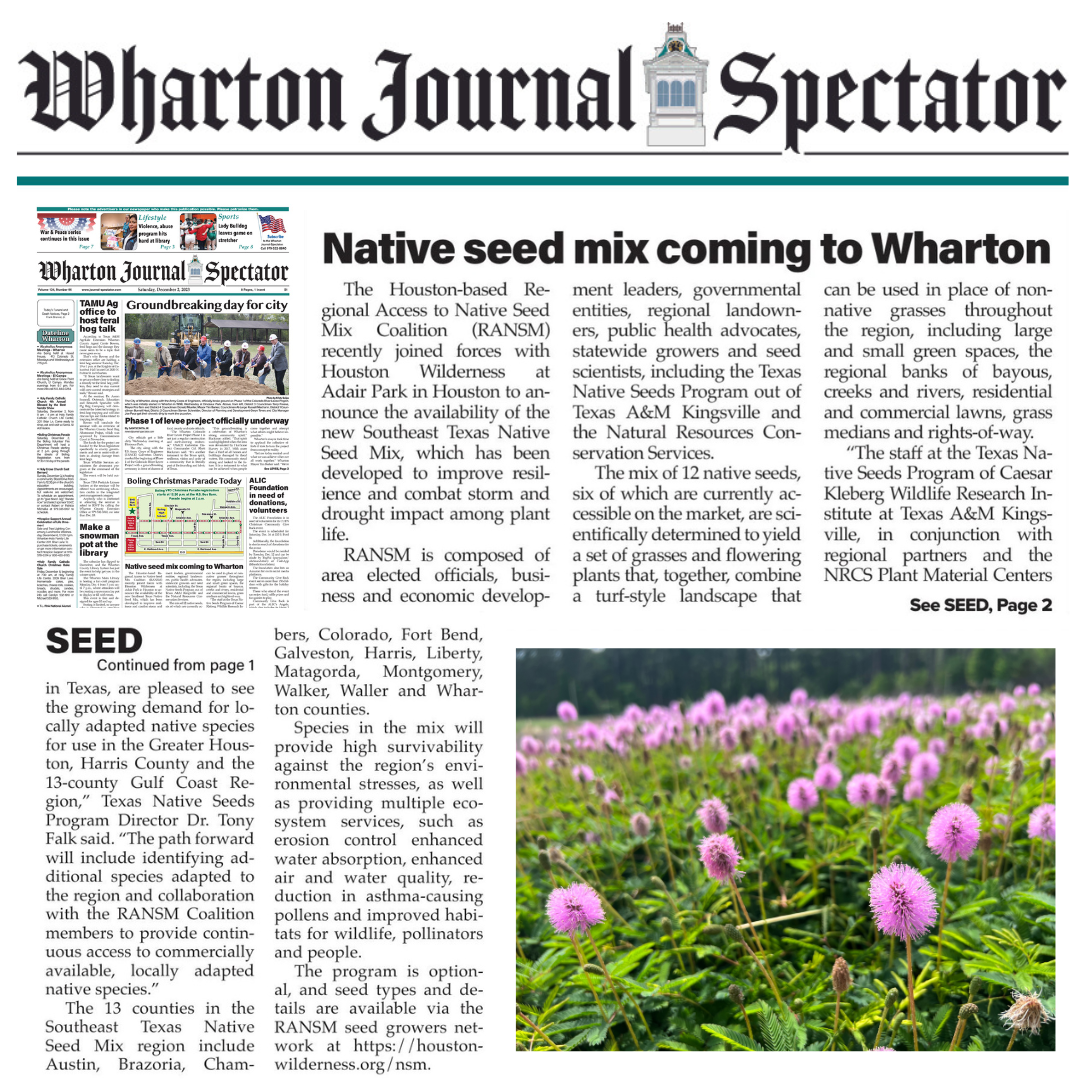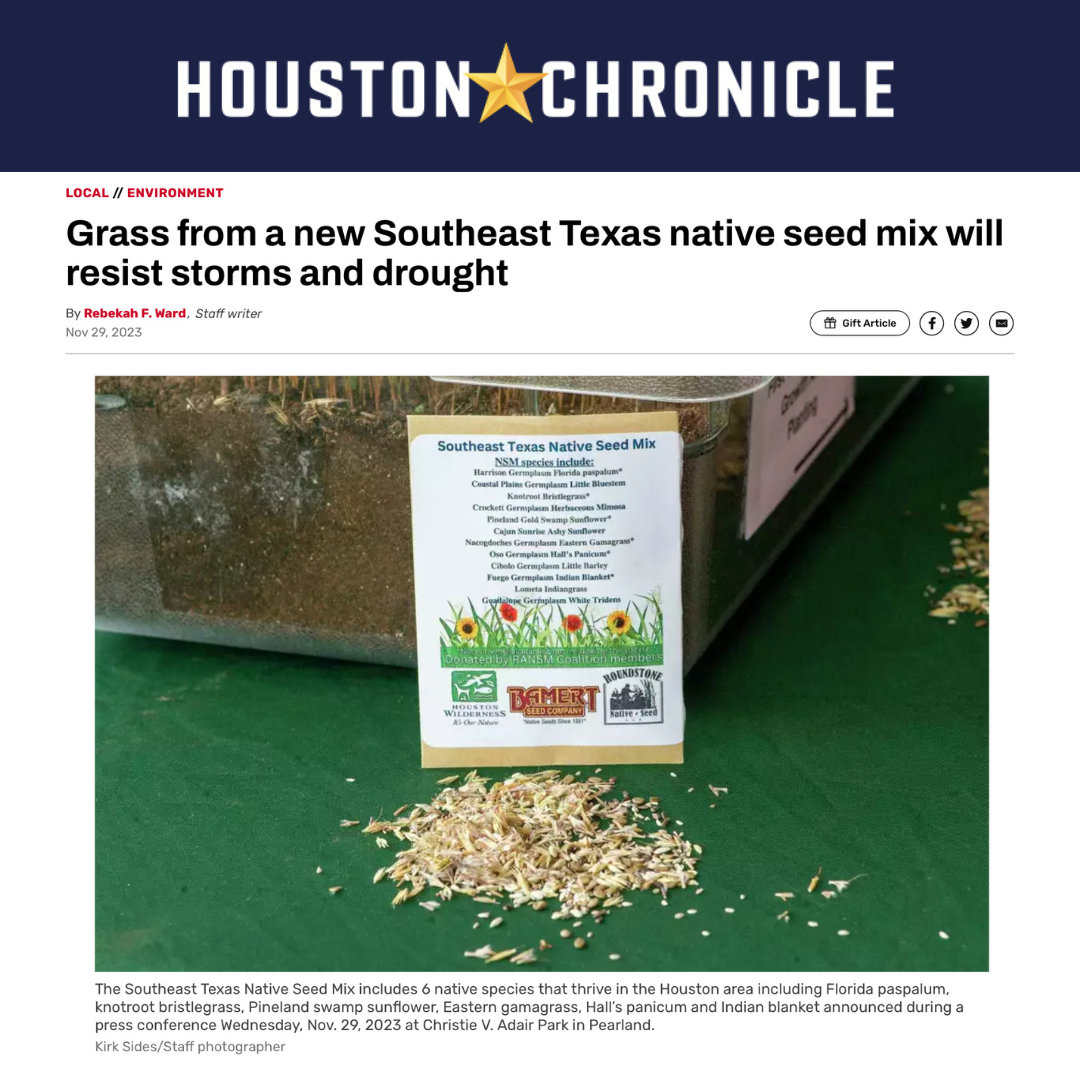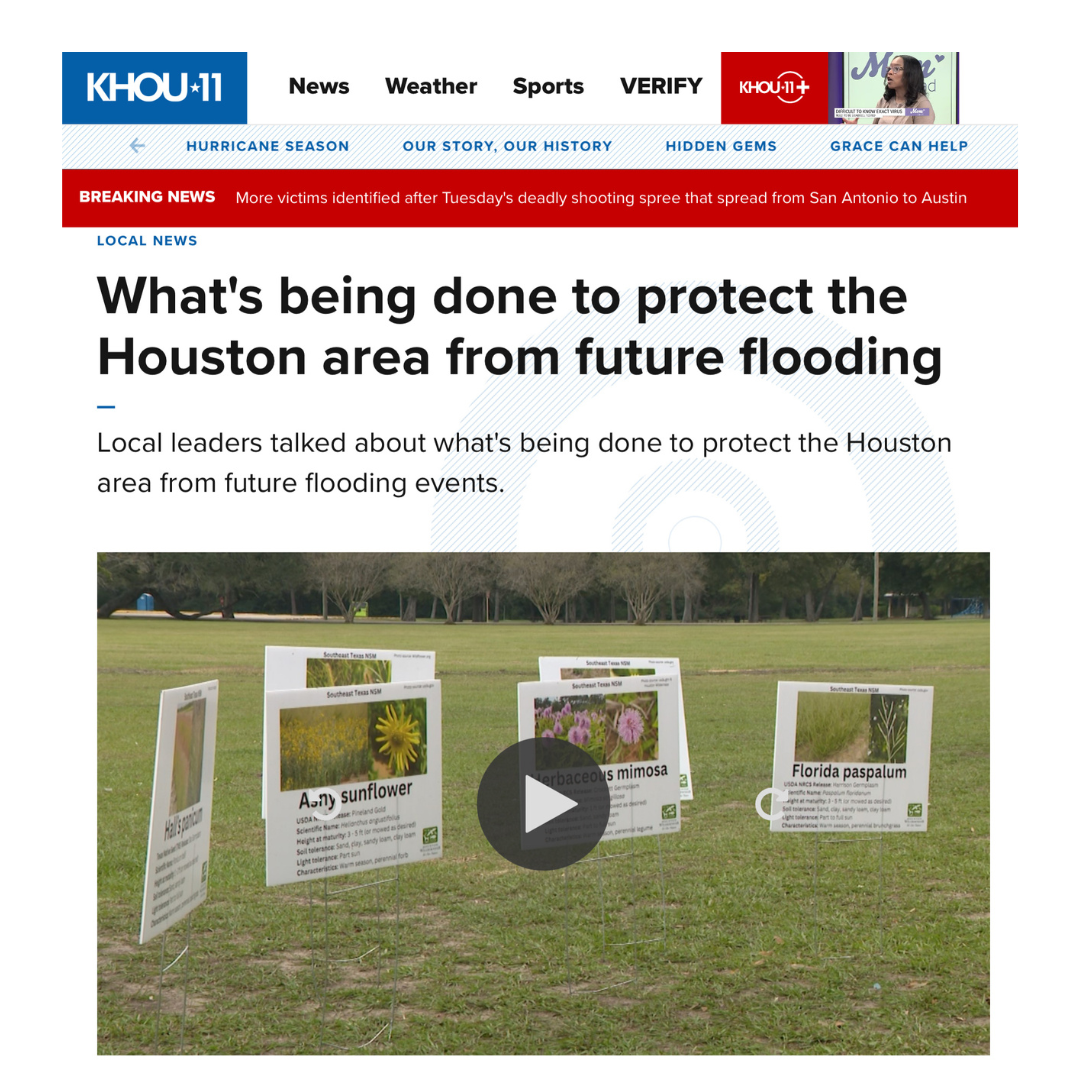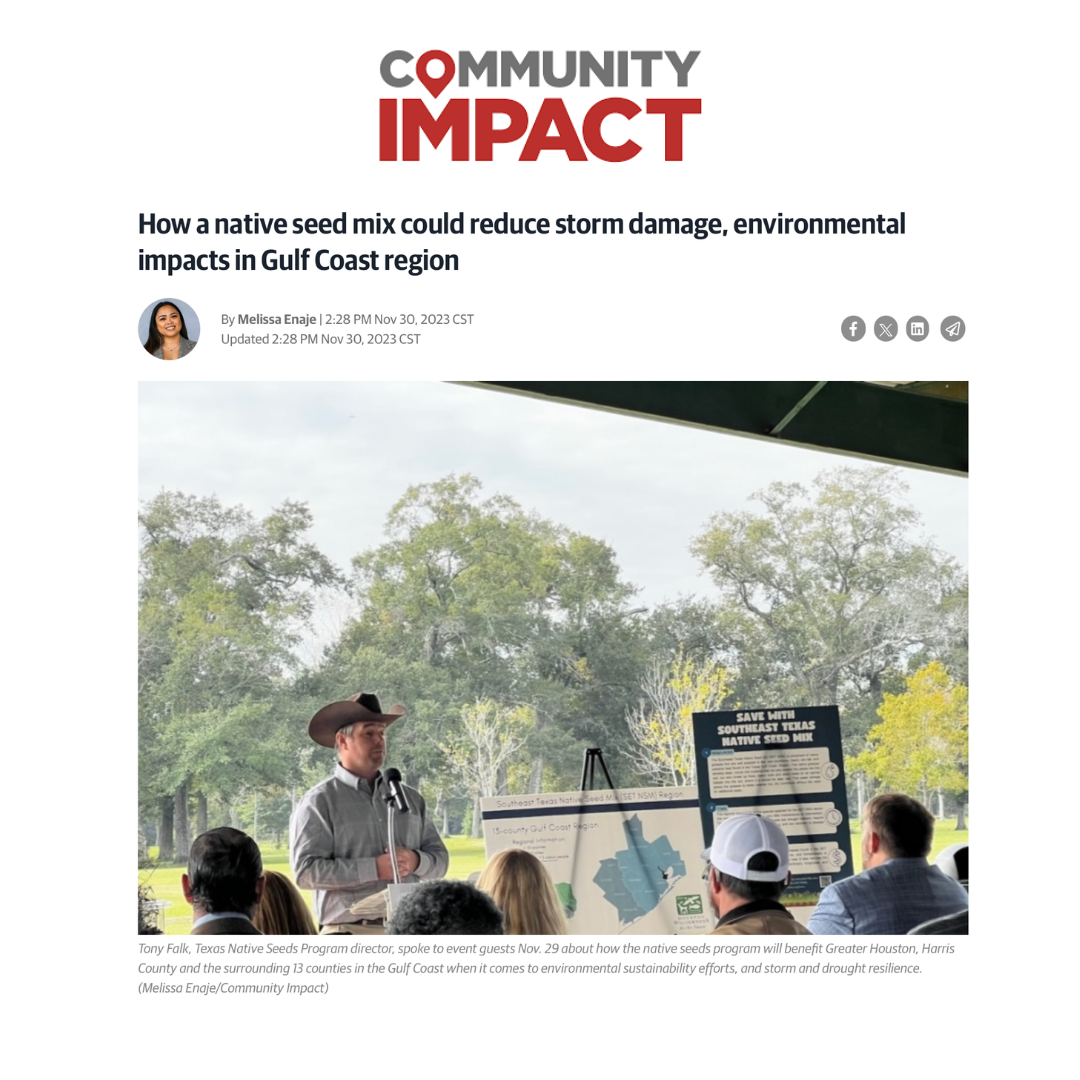Houston Wilderness
Our Mission:
HOUSTON WILDERNESS works with a broad-based alliance of business, non-profit and government interests to protect and promote the 10 diverse ecoregions of the 20+ county area around Greater Houston, Galveston Bay, and the Texas Coast, including coastal prairies, forests, wetlands, and waterways
Accomplishing Our Mission - Houston Wilderness promotes, protects and preserves the 10 ecoregions in multiple counties in Texas through facilitation of large-scale environmental policy initiatives including: 1) the 20-county Gulf-Houston Regional Conservation Plan-2nd Decade (RCP), 2) the collaborative Super Trees for Sustainability Initiative that incorporates the 25-mile Houston Ship Channel (HSC) TREES Program, and the multi-county Riverine Targeted-Use-of-Buyouts (TUBs) Program, 3) the Southeast Texas Native Seed Mix Initiative, and 4) the Collaborative Grant-Organizing Program. We work with multiple stakeholders on collaborative environmental policy creation and implementation, funding, education and on-the-ground ecosystem services enhancements.
Houston Wilderness major programming includes:
Gulf-Houston Regional Conservation Plan (Gulf-Houston RCP) – The Gulf-Houston Regional Conservation Plan (RCP) is a decade-long collaborative in which Houston Wilderness facilitates a Steering Committee of environmental, business and government entities to work toward reaching the RCP’s 3 key resiliency goals of more protected/preserved lands, green and blue nature-based infrastructure and substantial installation of native vegetation annually. These goals are tracked by HW as regional partners work on reaching the benchmarks, and HW provides facilitation of some of these efforts through facilitation of the Texas Coast Targeted-Use-of-Beneficial-Uses (TxCoast TUBUs) Initiative coordinated with the Regional Access to Native Grasses (RANG) Growers Group, and multiple collaborative projects.
Collaborative Grant Organizing Program- Houston Wilderness works with multiple stakeholders and federal/state agencies on collaborative grant proposals and funded projects, often in “pioneering” areas of environmental planning and resilience in the Greater Gulf-Houston Region. Since its creation, the CGO Program has brought millions of additional dollars to over 250 partners in our region.
Super Trees for Sustainability Initiative – Houston Wilderness’ Super Trees for Sustainability Initiative is a multi-year, large-scale native tree planting collaborative that incorporates the 25-mile Houston Ship Channel & Adjacent Ports (HSC+AP) TREES Program and the multi-county Riverine Targeted-Use-of Buyouts (TUBs) Program (see below), as well as other targeted urban forestry projects in communities around the 13+ county region that enhance biodiversity and reduce health risks associated with urban heat, air and water pollution and flooding.
Houston Ship Channel & Adjacent Ports Trees & Riparian Enhancement of Ecosystem Services (HSC+AP TREES) Program - A multi-year collaborative project by Houston Wilderness and multiple private/public partners, focused on large-scale tree plantings along the 25 miles of the Houston Ship Channel, targeting native tree species that are ranked in priority based on their respective levels of ecosystem services - called “Super Trees.”
Riverine Targeted-Use-of-Buyouts Program - The Riverine TUBs Program implements Nature-Based Infrastructure (NBI) through large-scale native tree plantings, and native grass bioswales on contiguous buyout properties adjacent to multiple downstream waterways in Harris and surrounding counties. Under the Riverine TUBs Program, partner landowners are enhancing, restoring and protecting over 3,000 acres of riparian corridors on 28+ current contiguous buyout locations throughout the region, reaching thousands of citizens through outreach, providing training and technical assistance, utilizing volunteers for large-scale native tree plantings and NBI mapping, and enhancing habitat for multiple wildlife species.
The Southeast Texas Native Seed Mix Initiative: The Southeast Texas Native Seed Mix (SET NSM) is a mix of twelve grasses native to the Houston Region that was developed as a replacement for widely-planted non-native grasses including St. Augustine, Bermudagrass, and buffalo grass. The native grass mix can provide numerous ecosystem service benefits due to their deeper root systems, including erosion control, flood prevention, air and water quality, habitat for wildlife, and increased survivability to droughts and other climate stressors. The SETNSM Initiative is a collaborative effort facilitated by Houston Wilderness and the Regional Access to the Native Seed Mix (RANSM) Coalition that works to promote access to and awareness of the grass mix.
Wilderness Passport and Great Green Quest - With the Wilderness Passport as a hard copy, electronic and phone App guide to the 10 diverse ecoregions found in the 13+ county region surrounding Greater Houston.
PROTECT
PROMOTE
